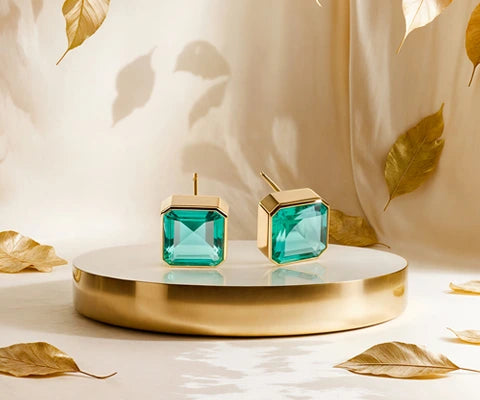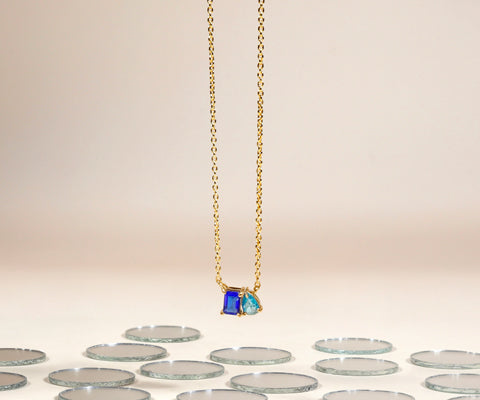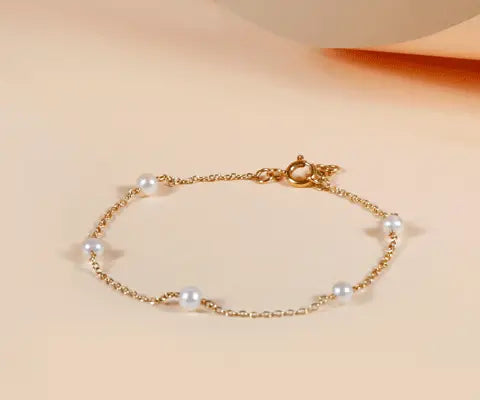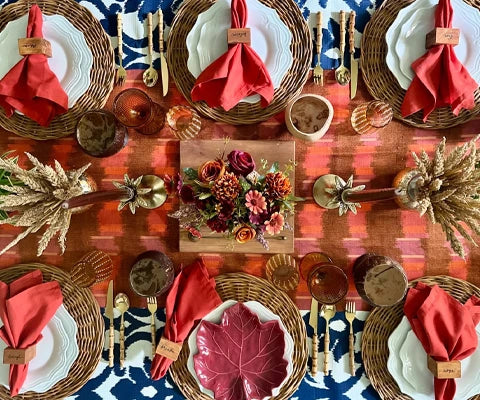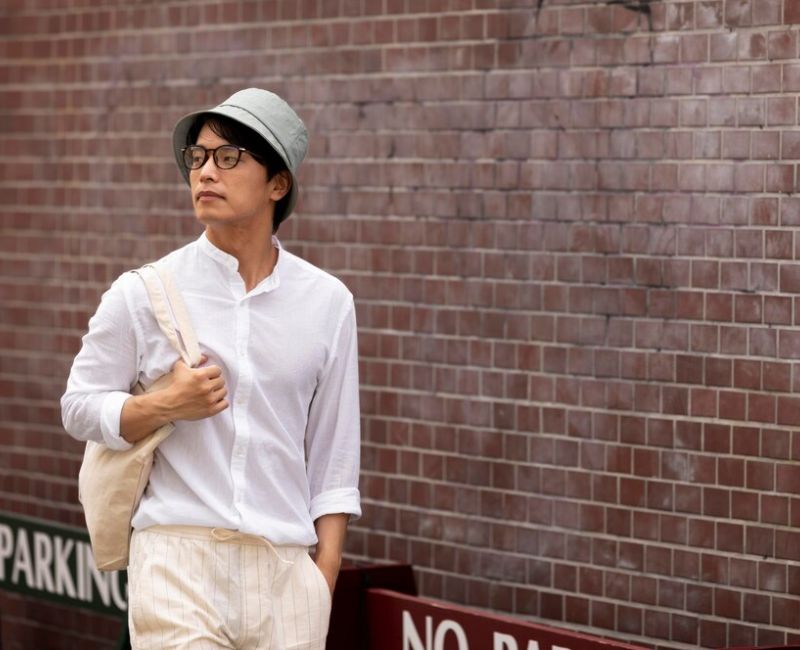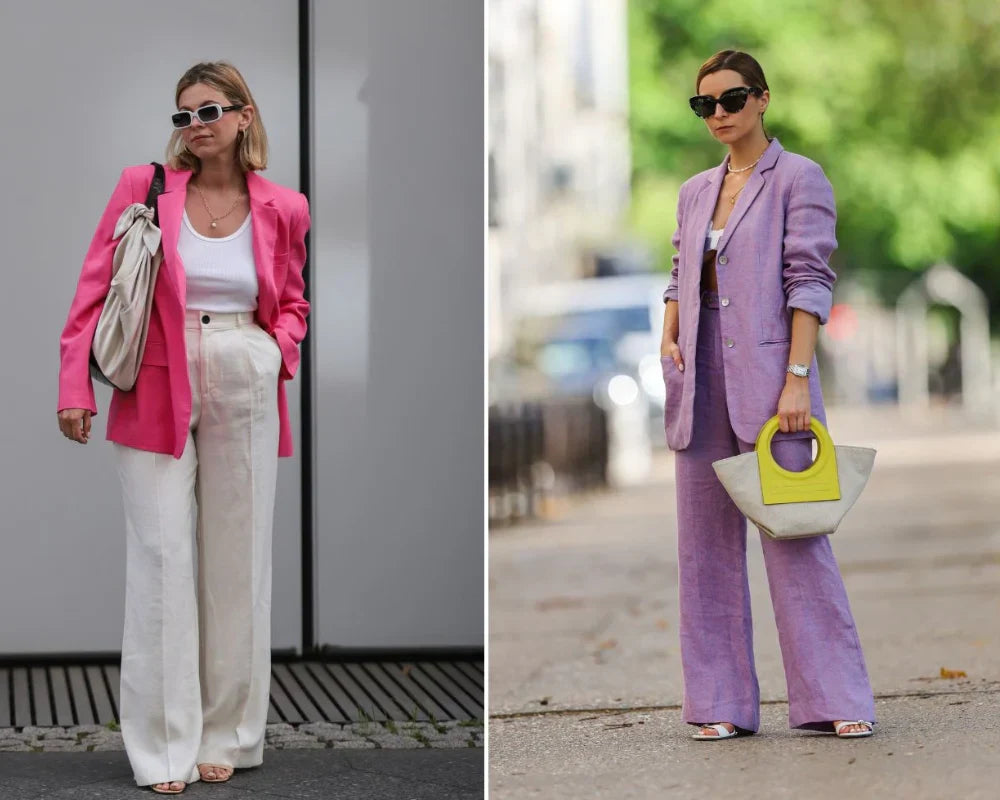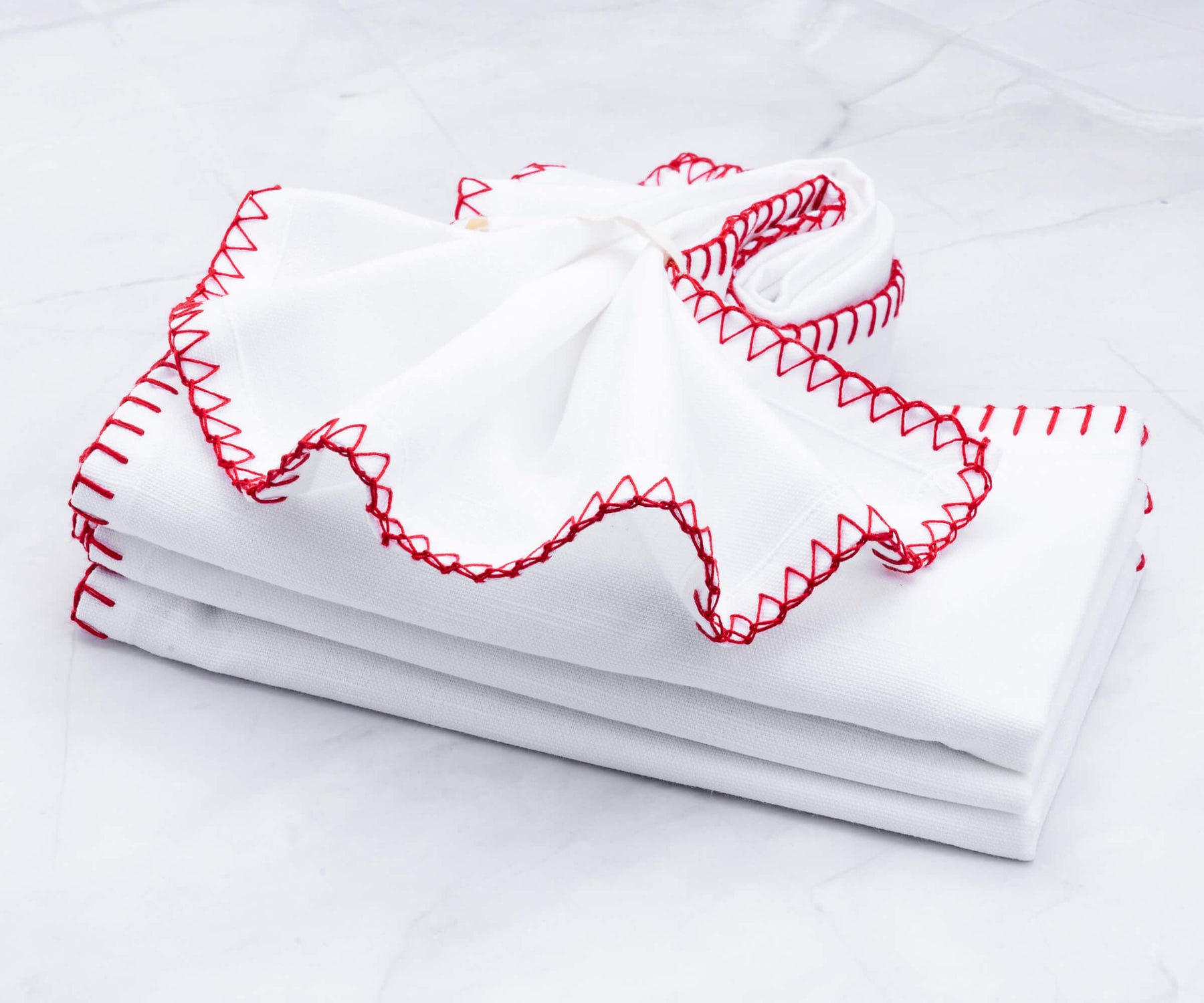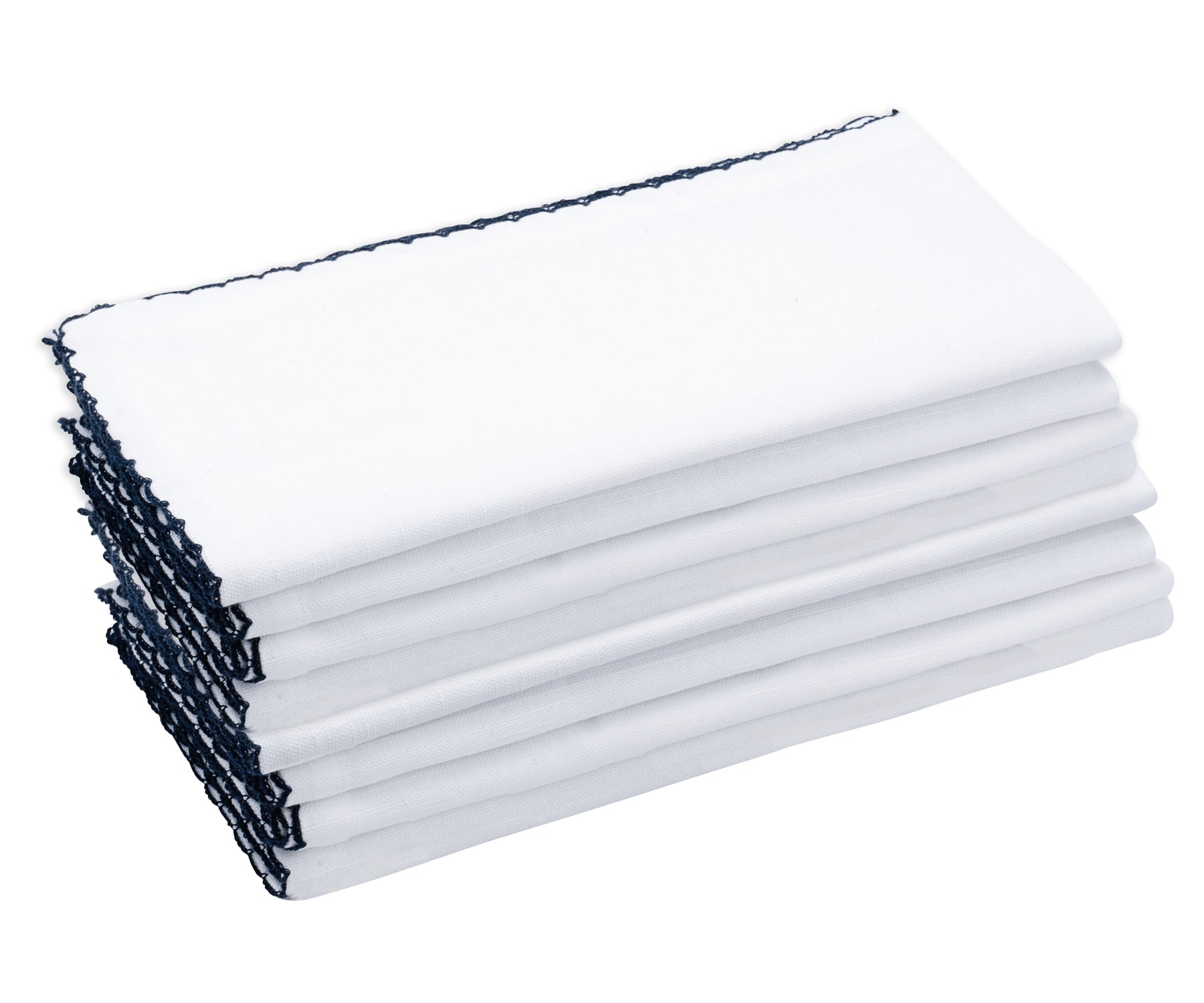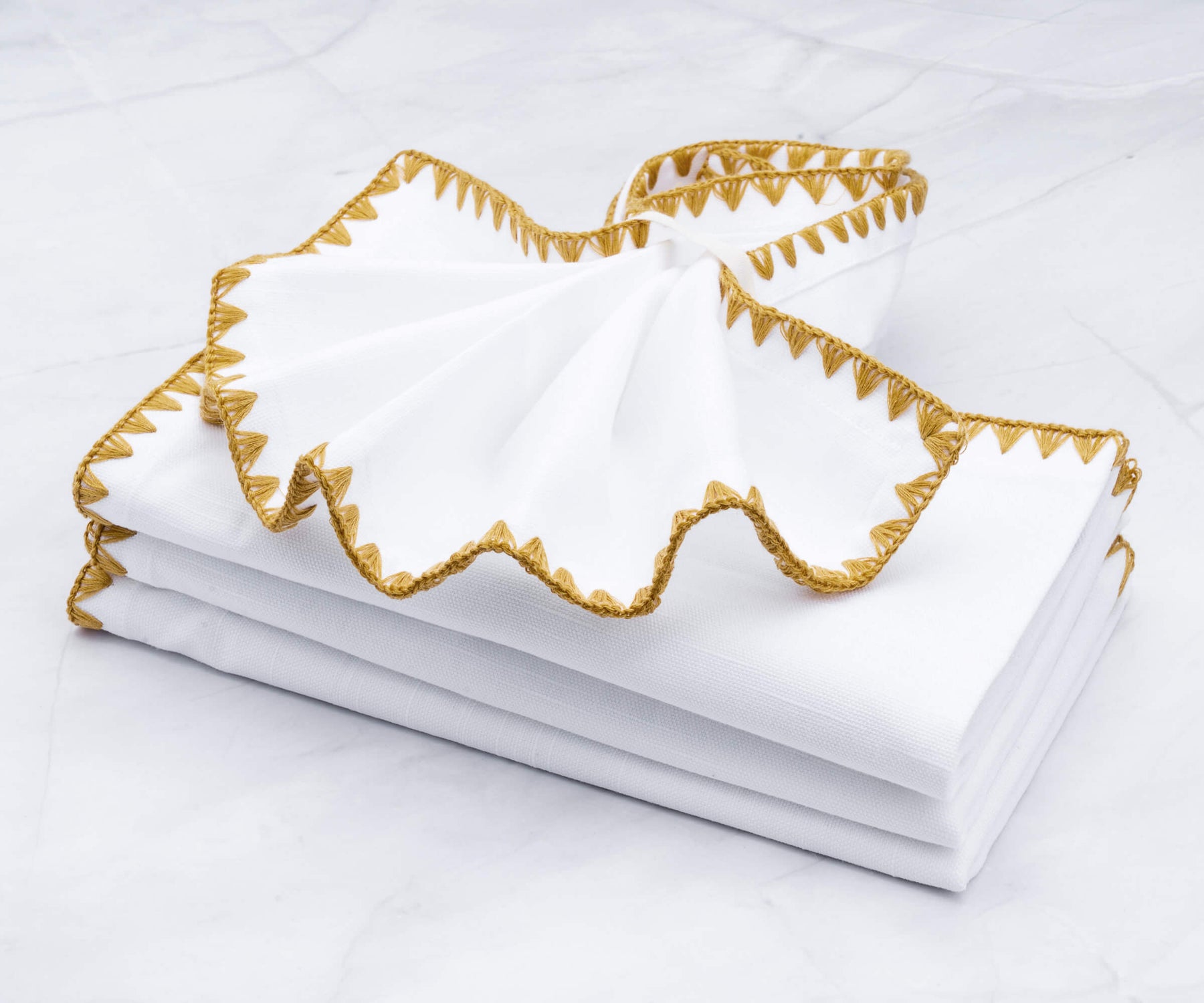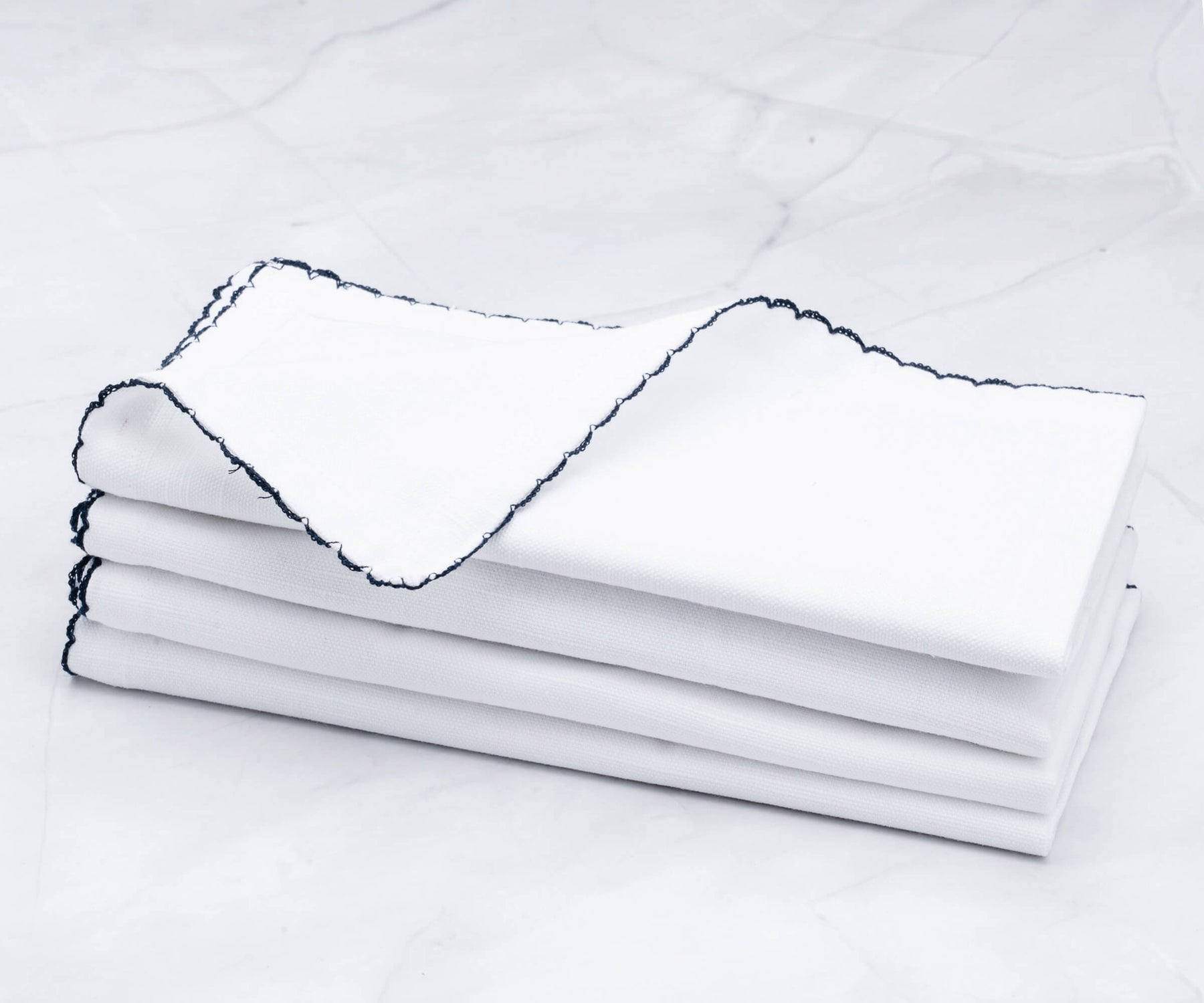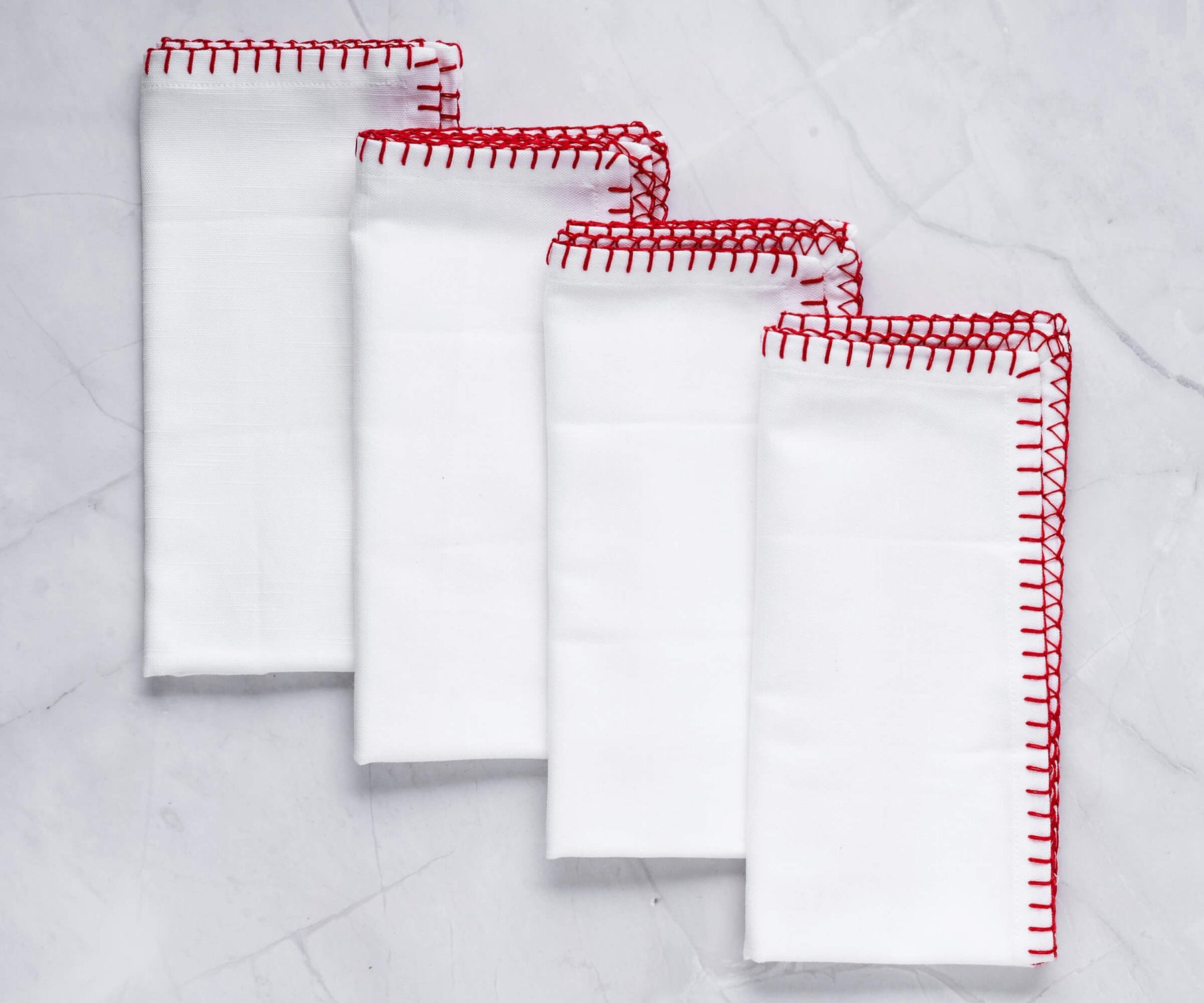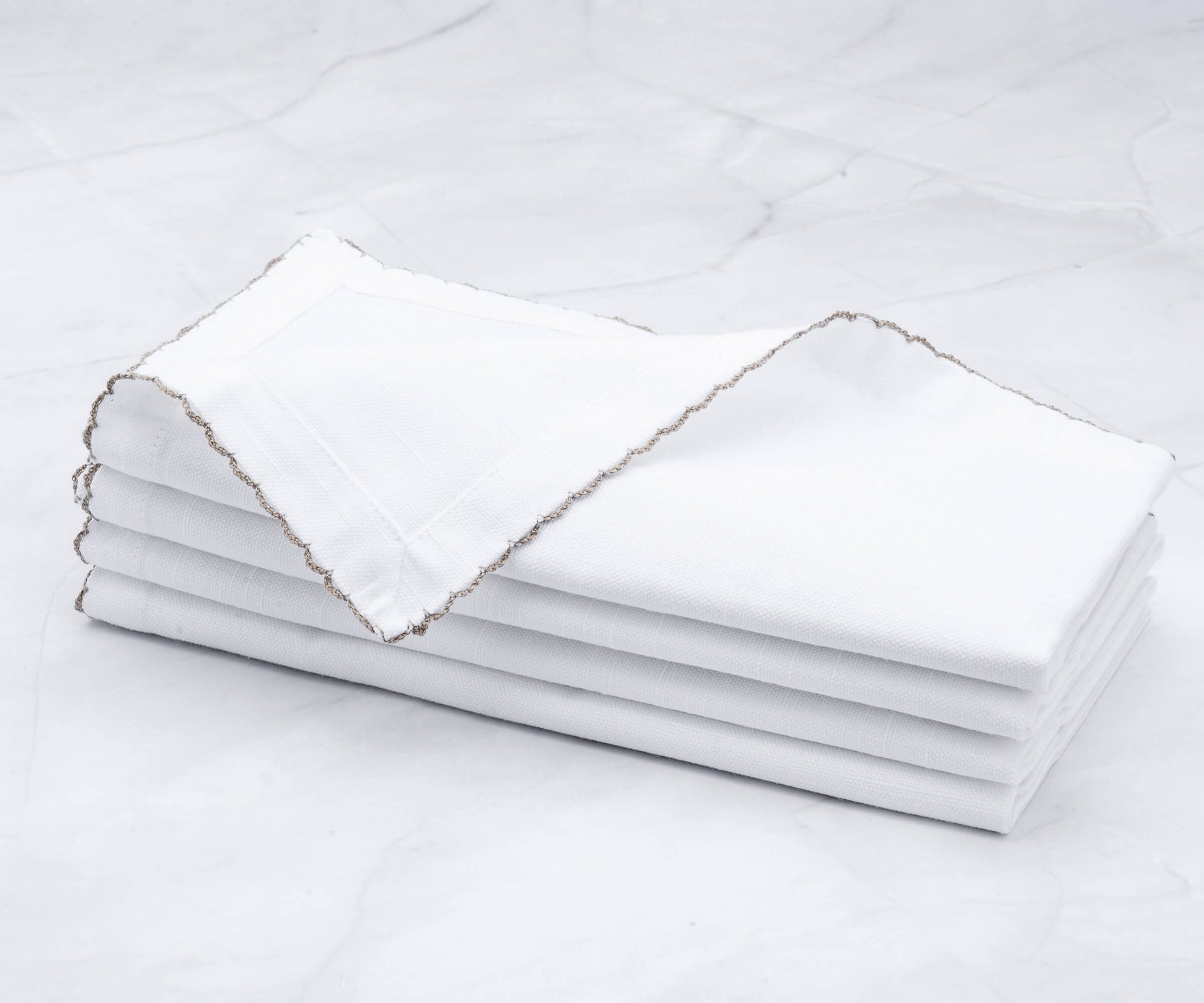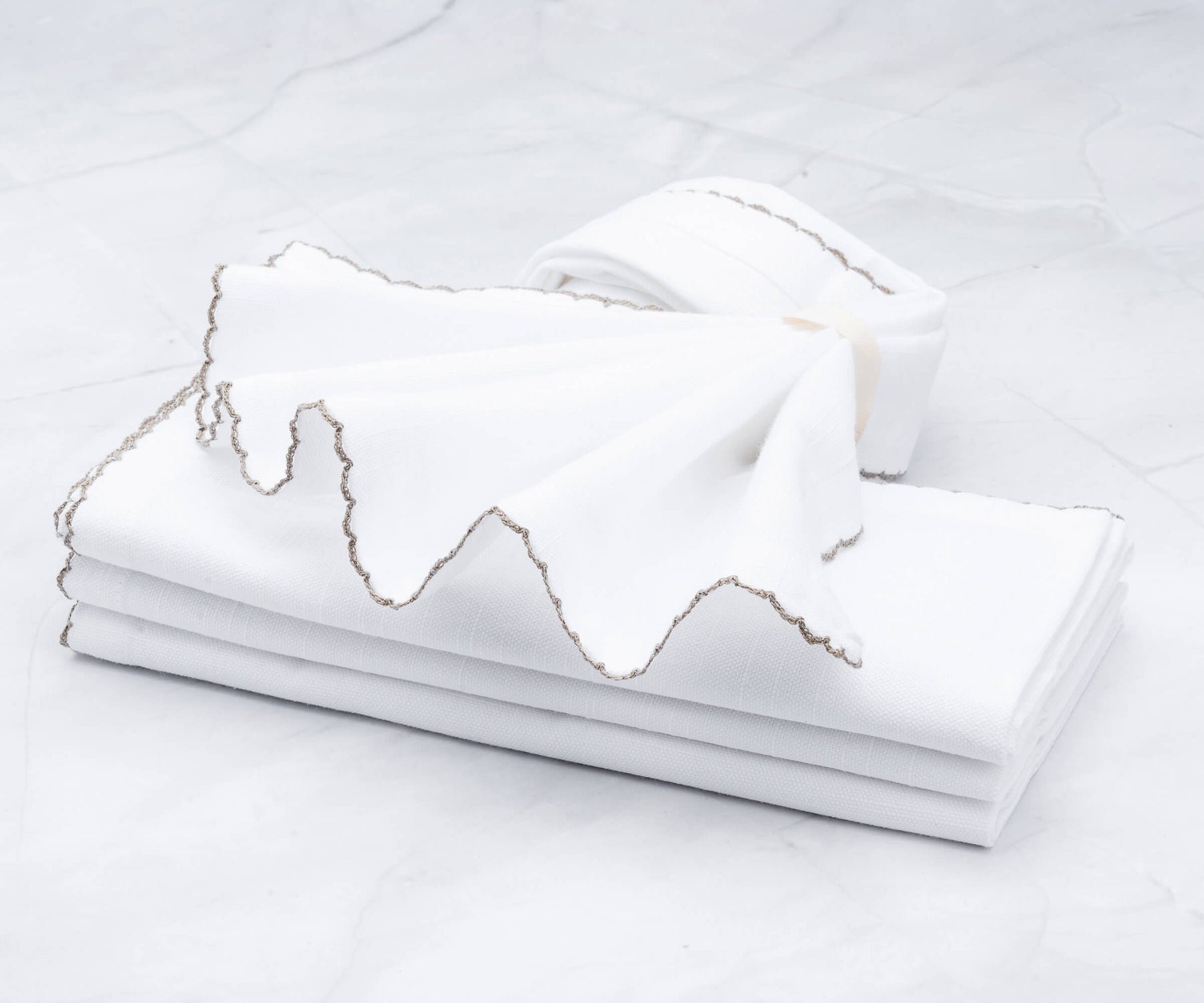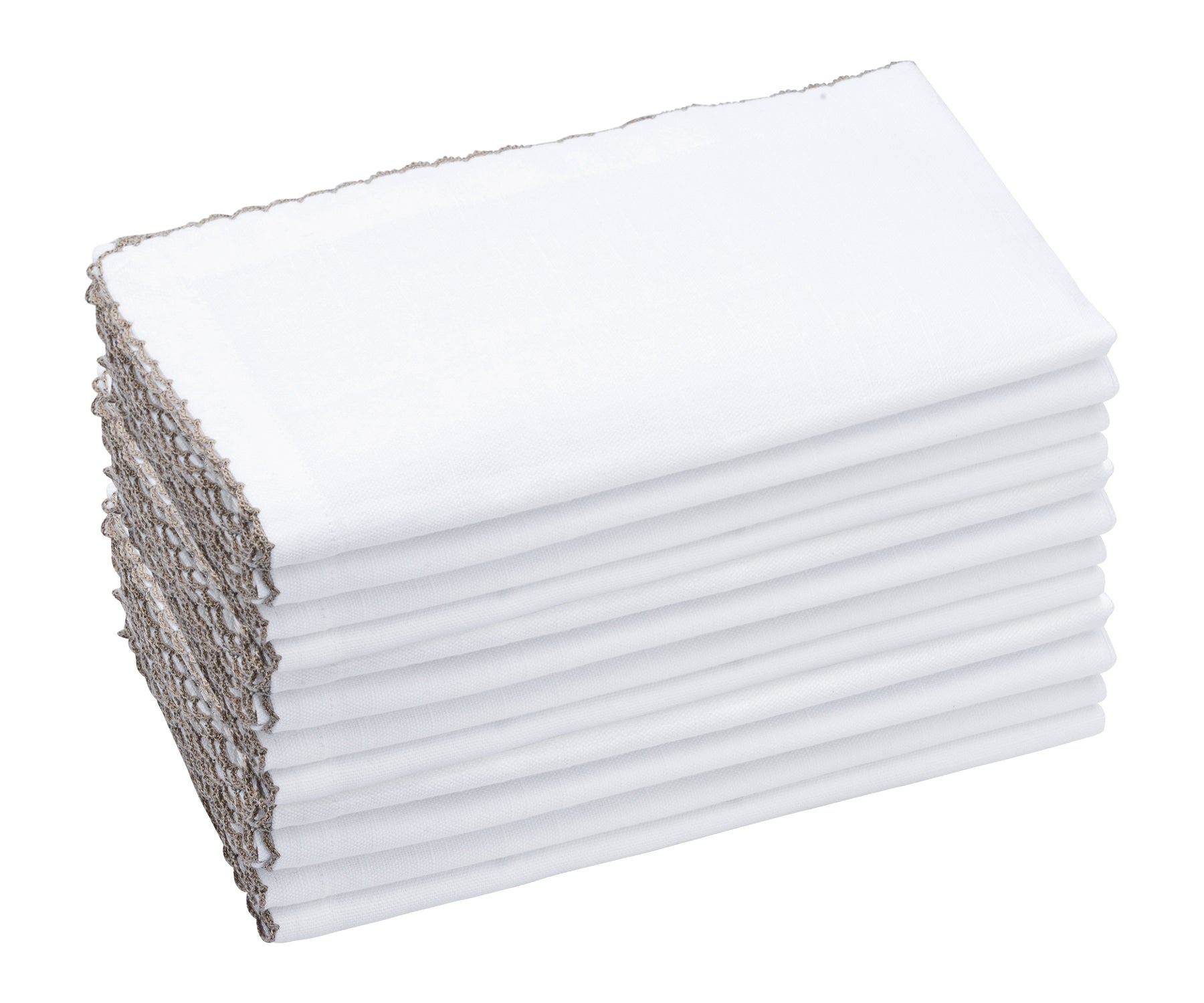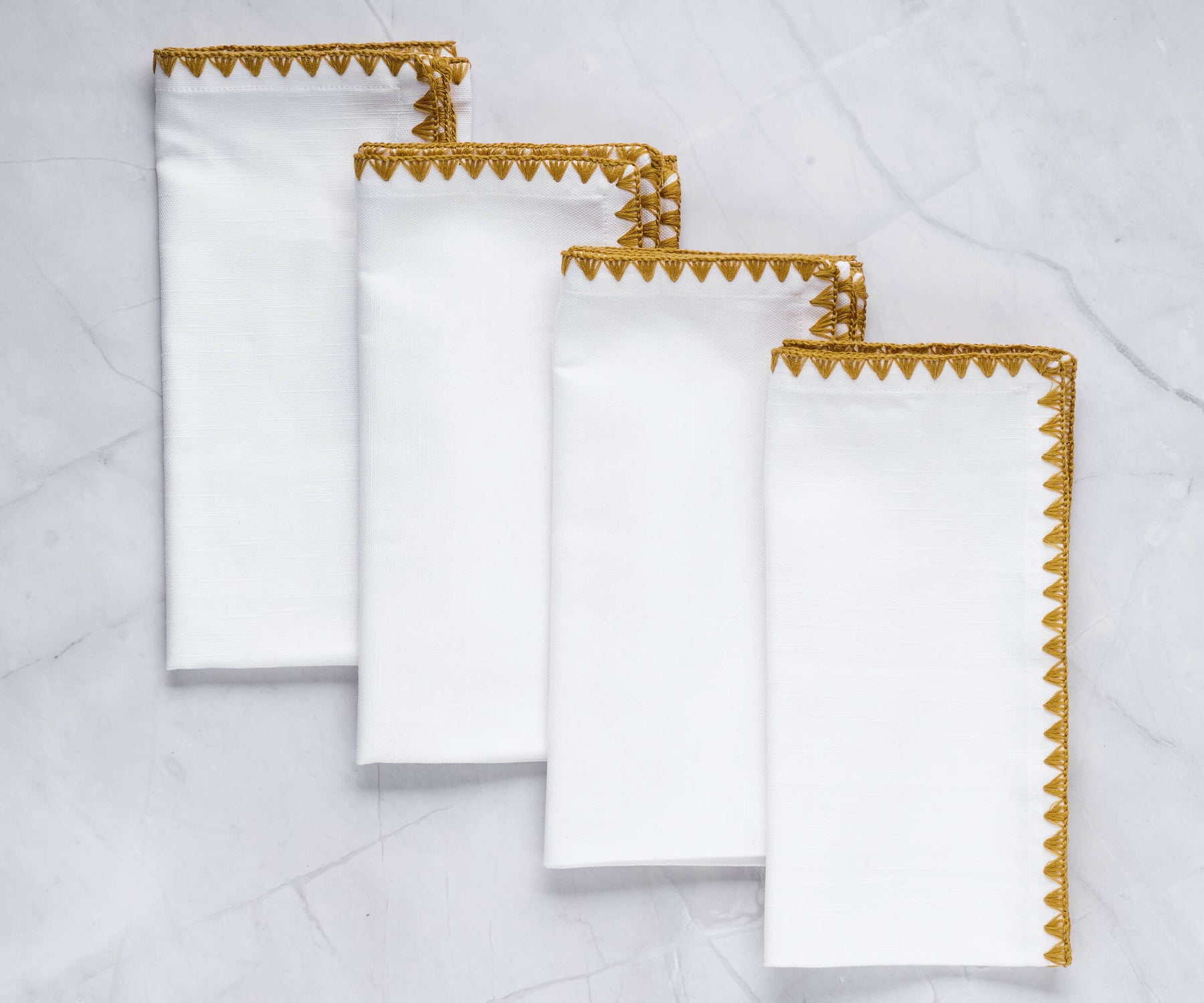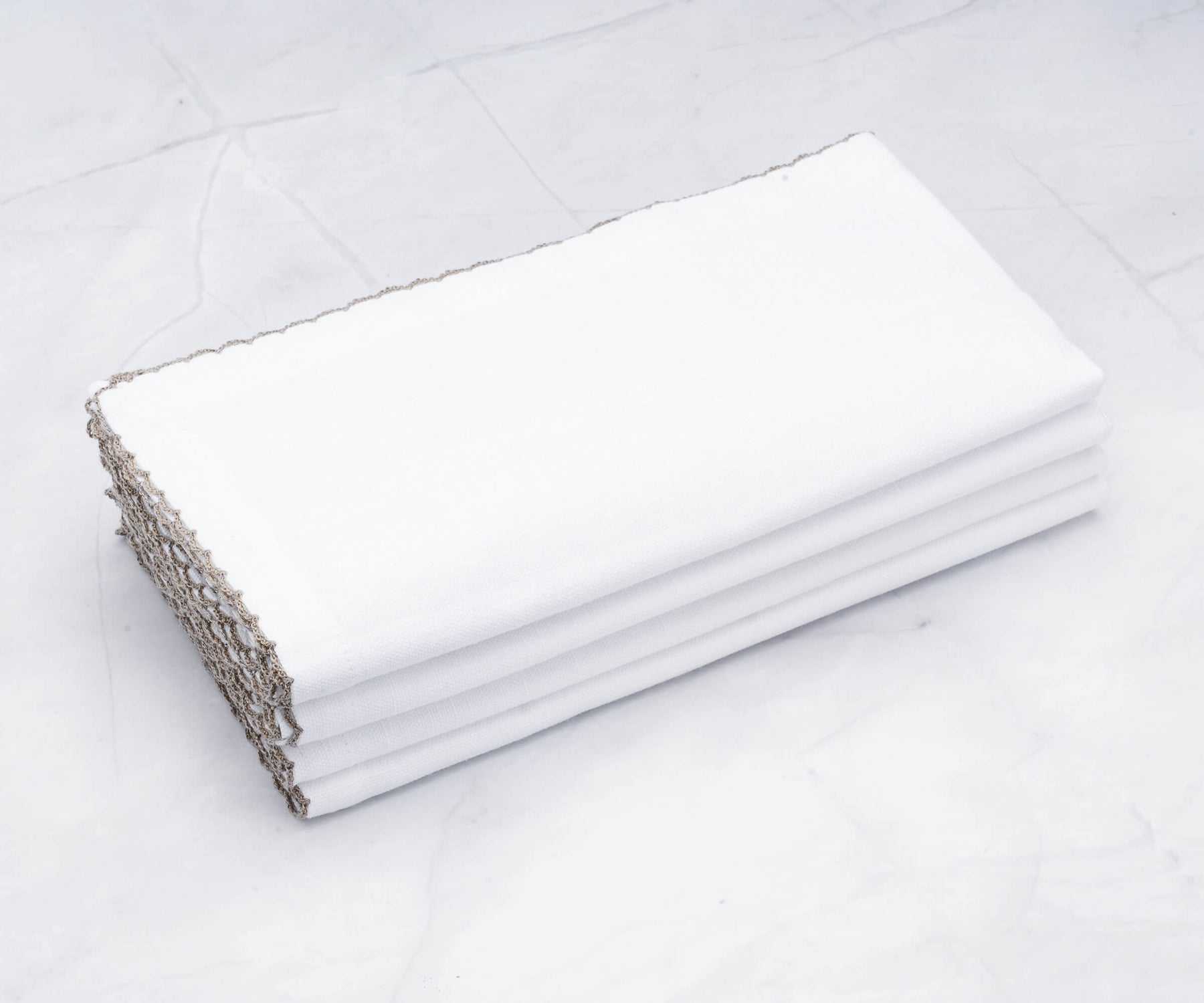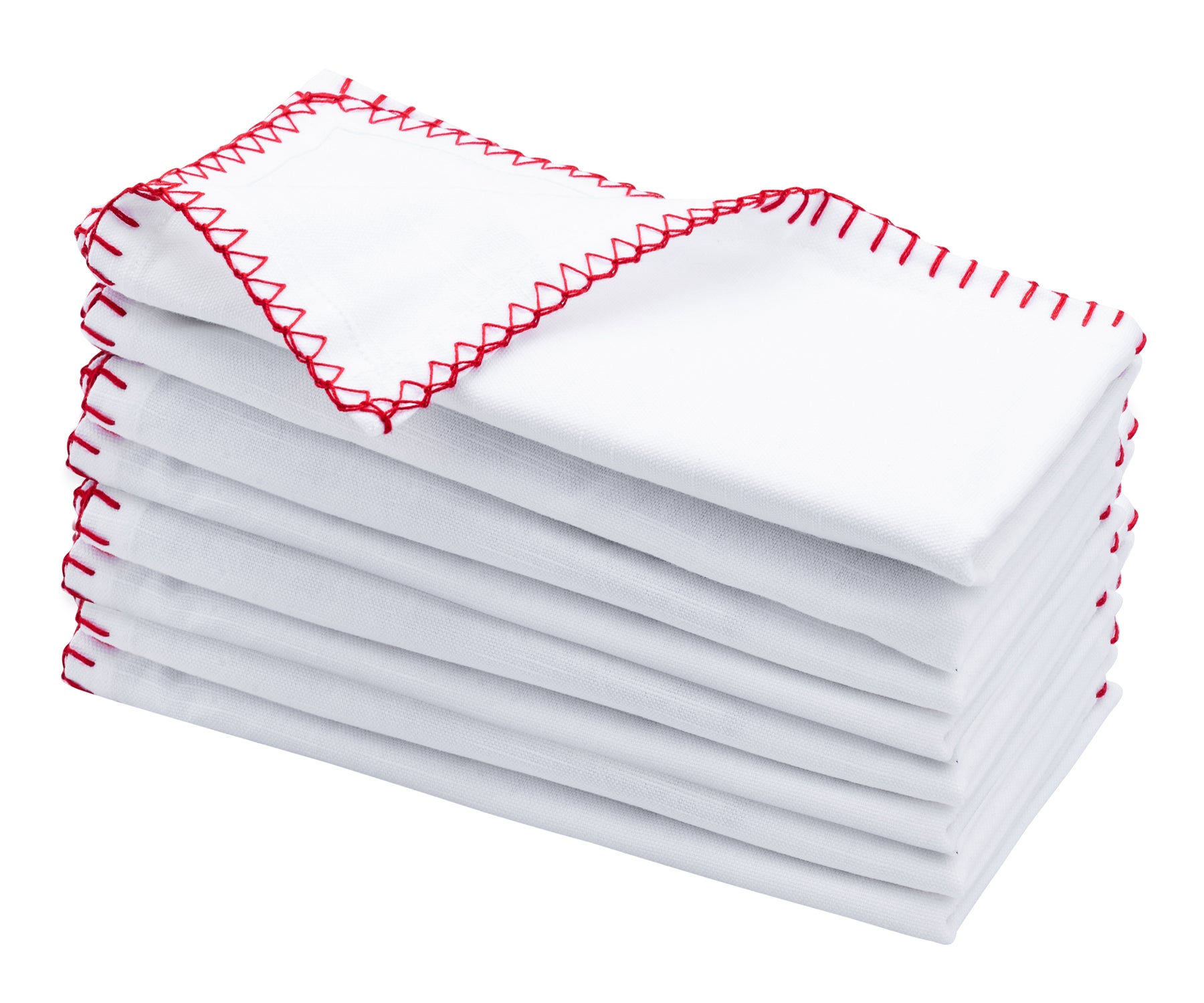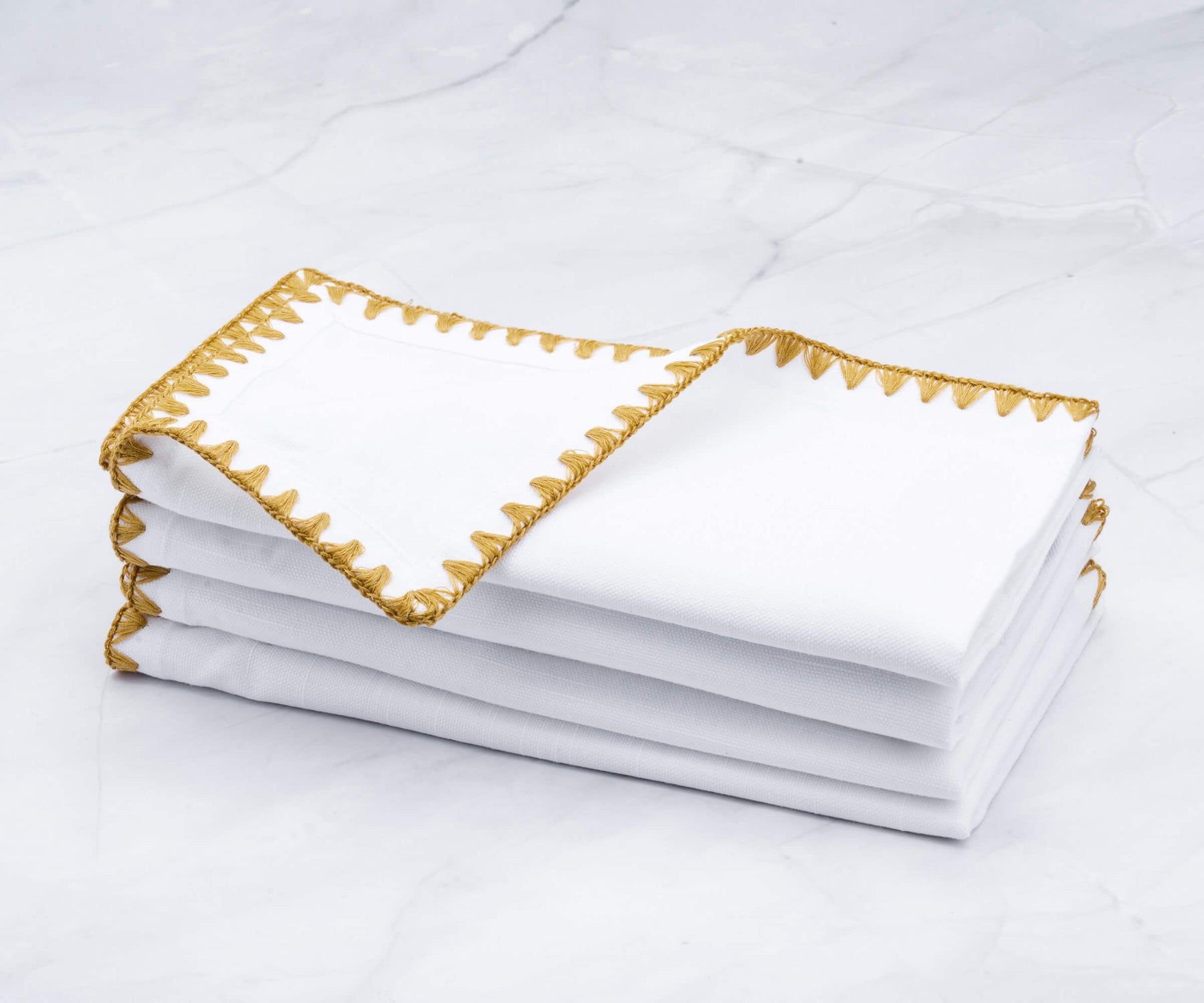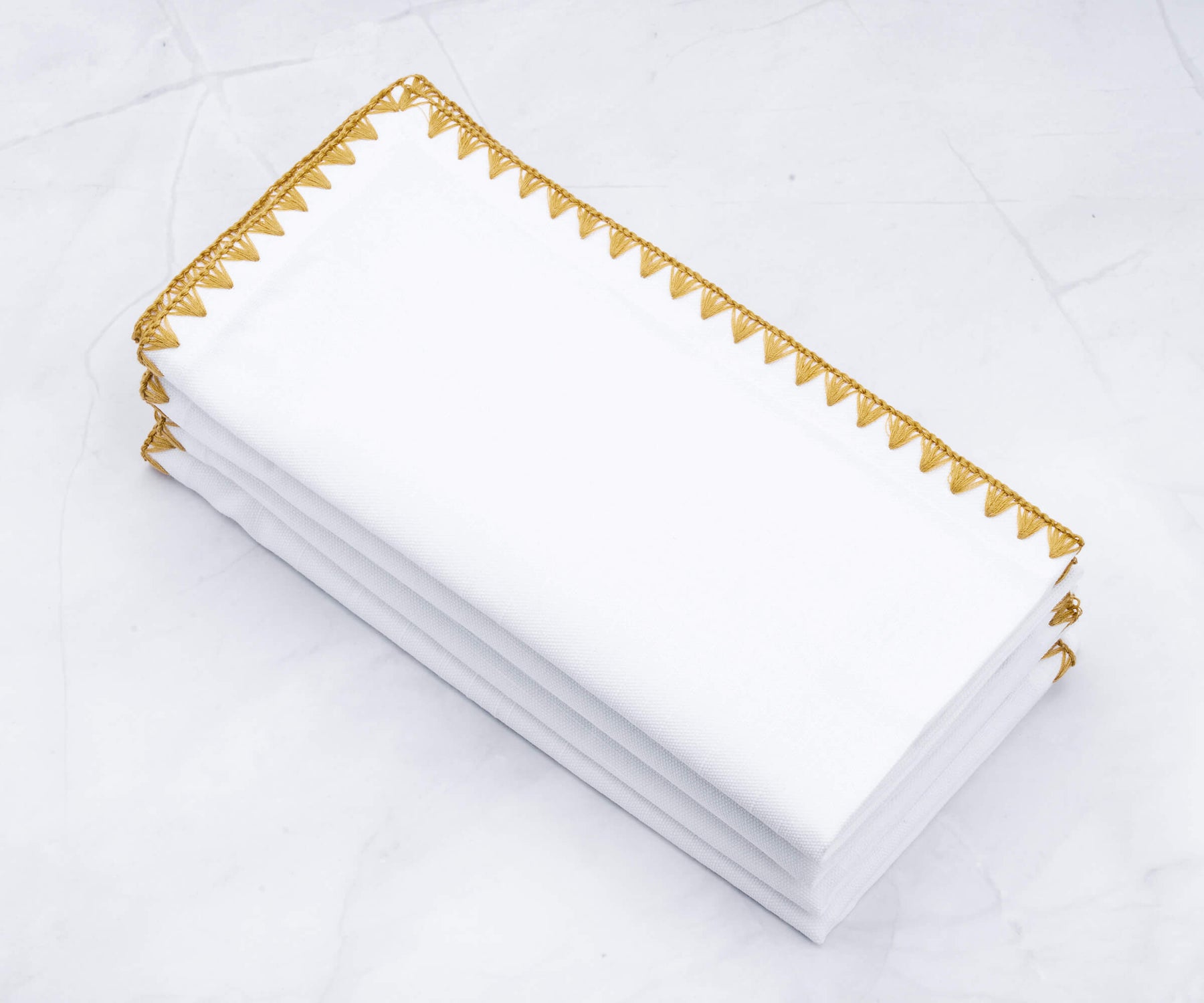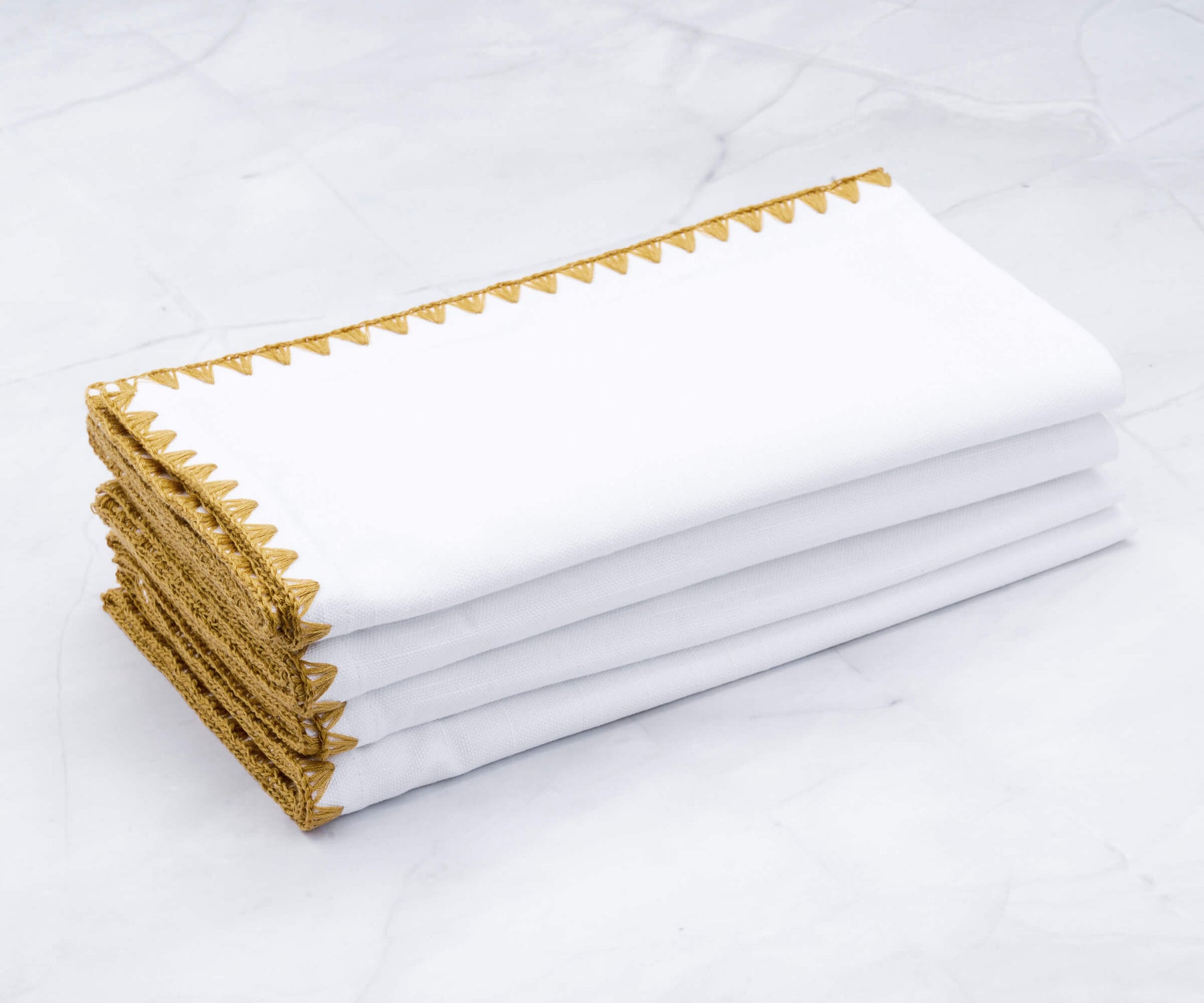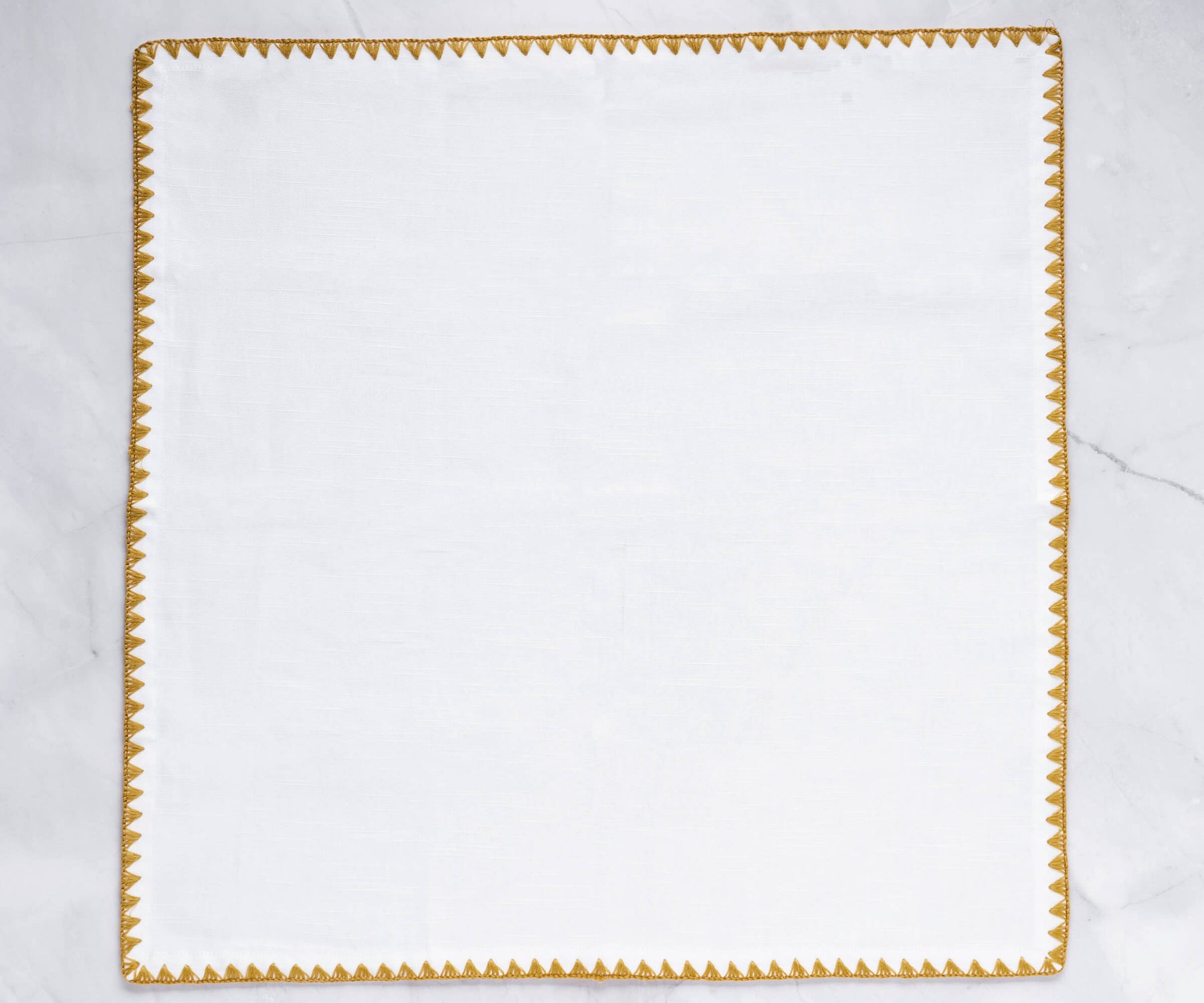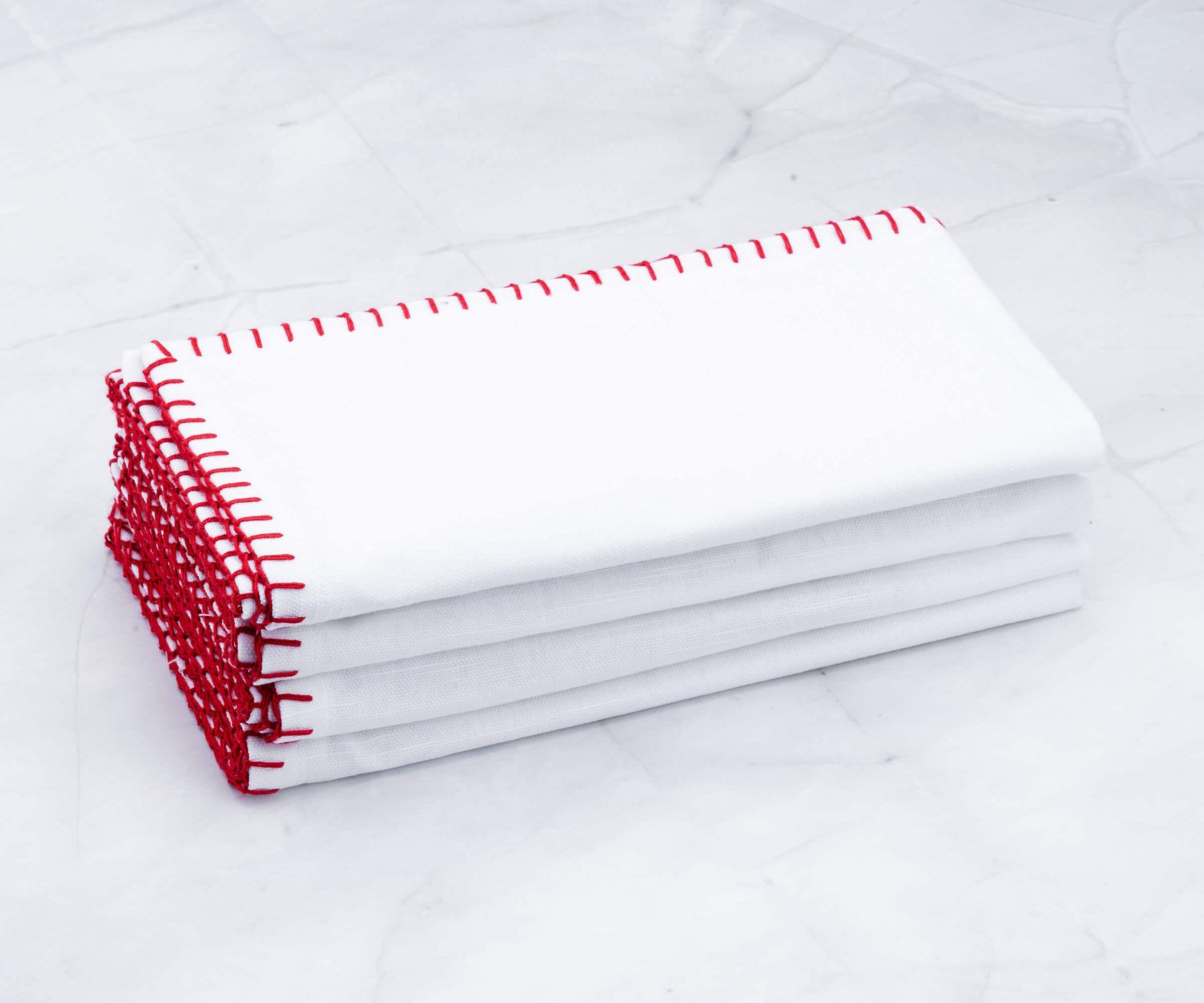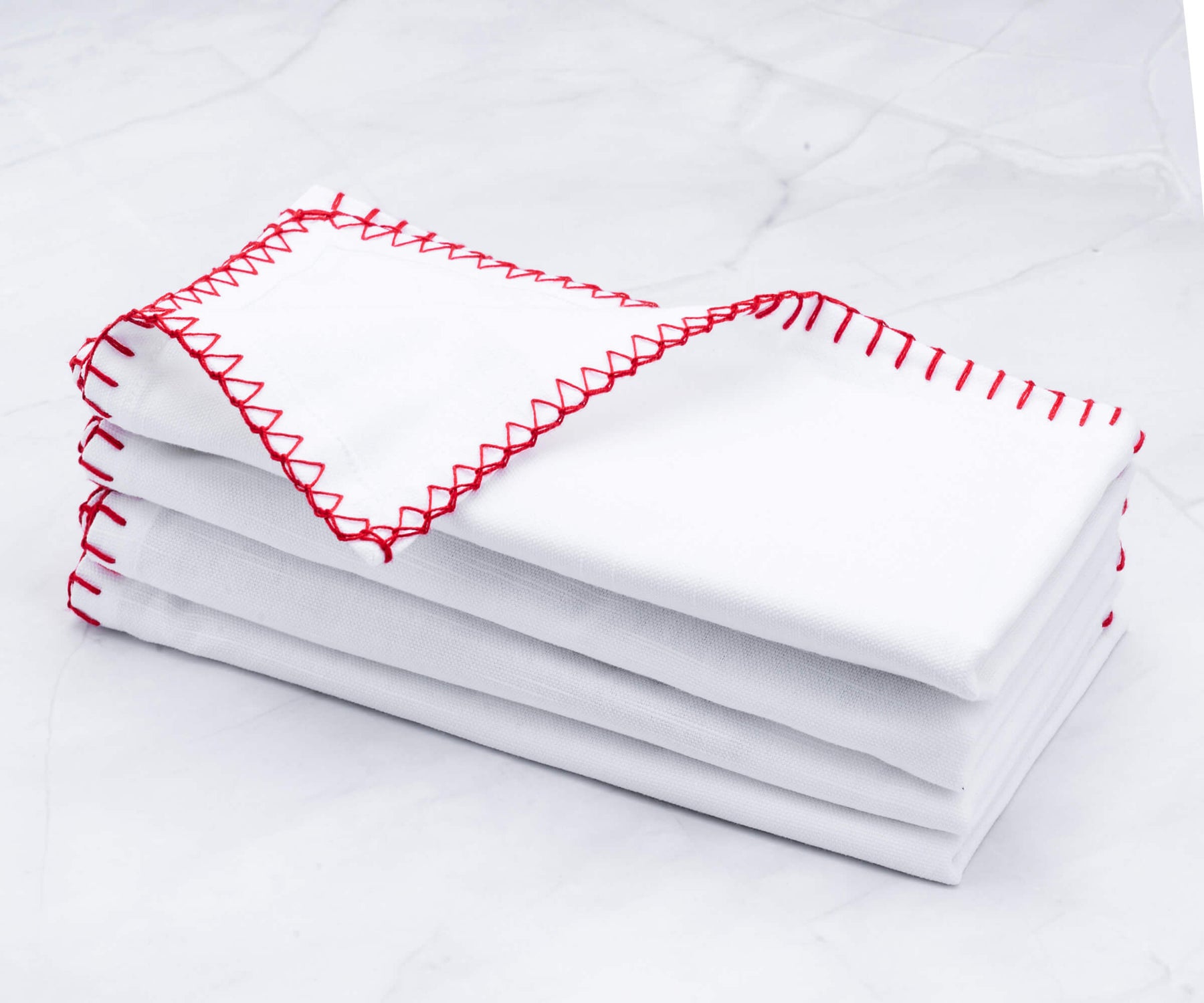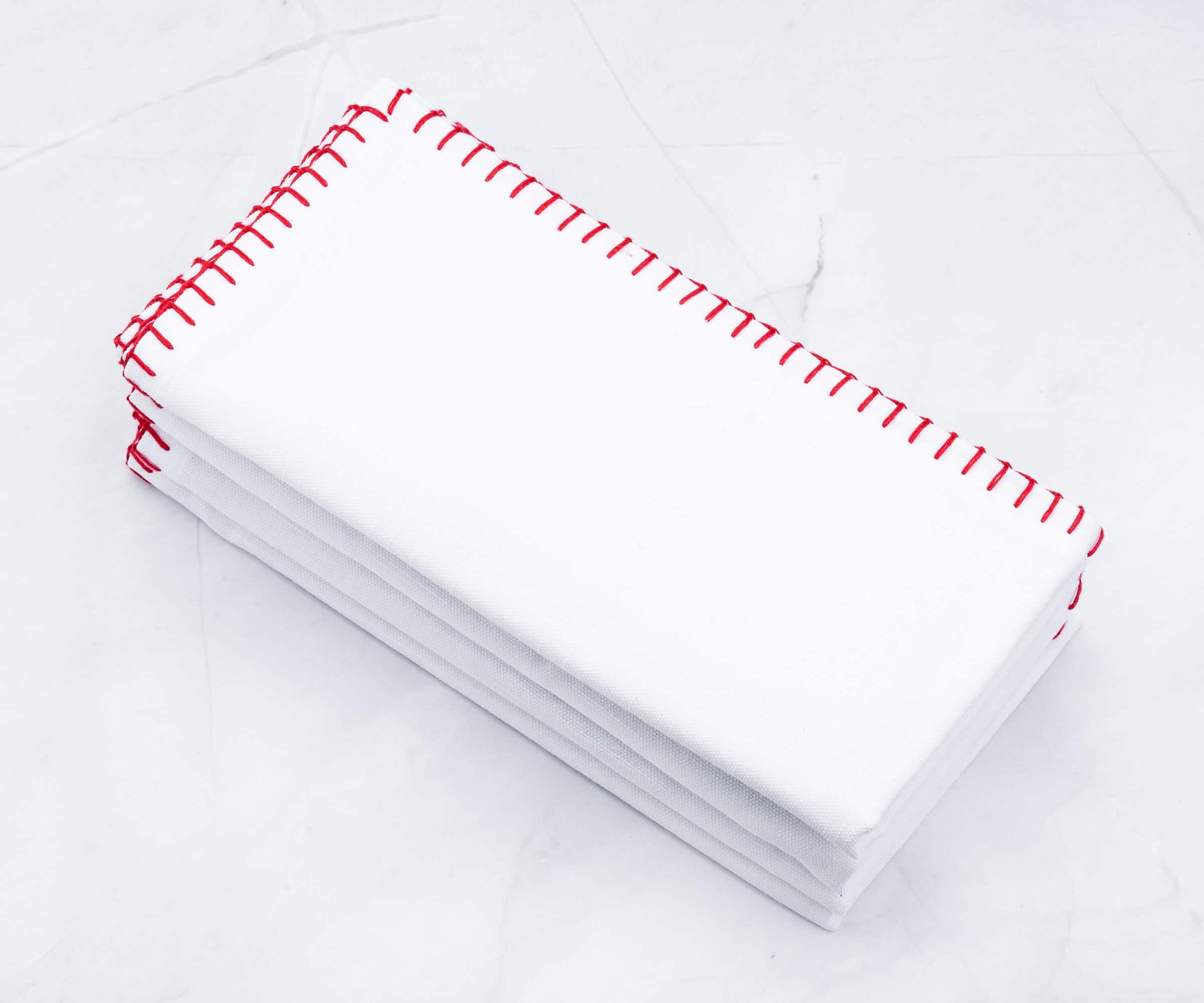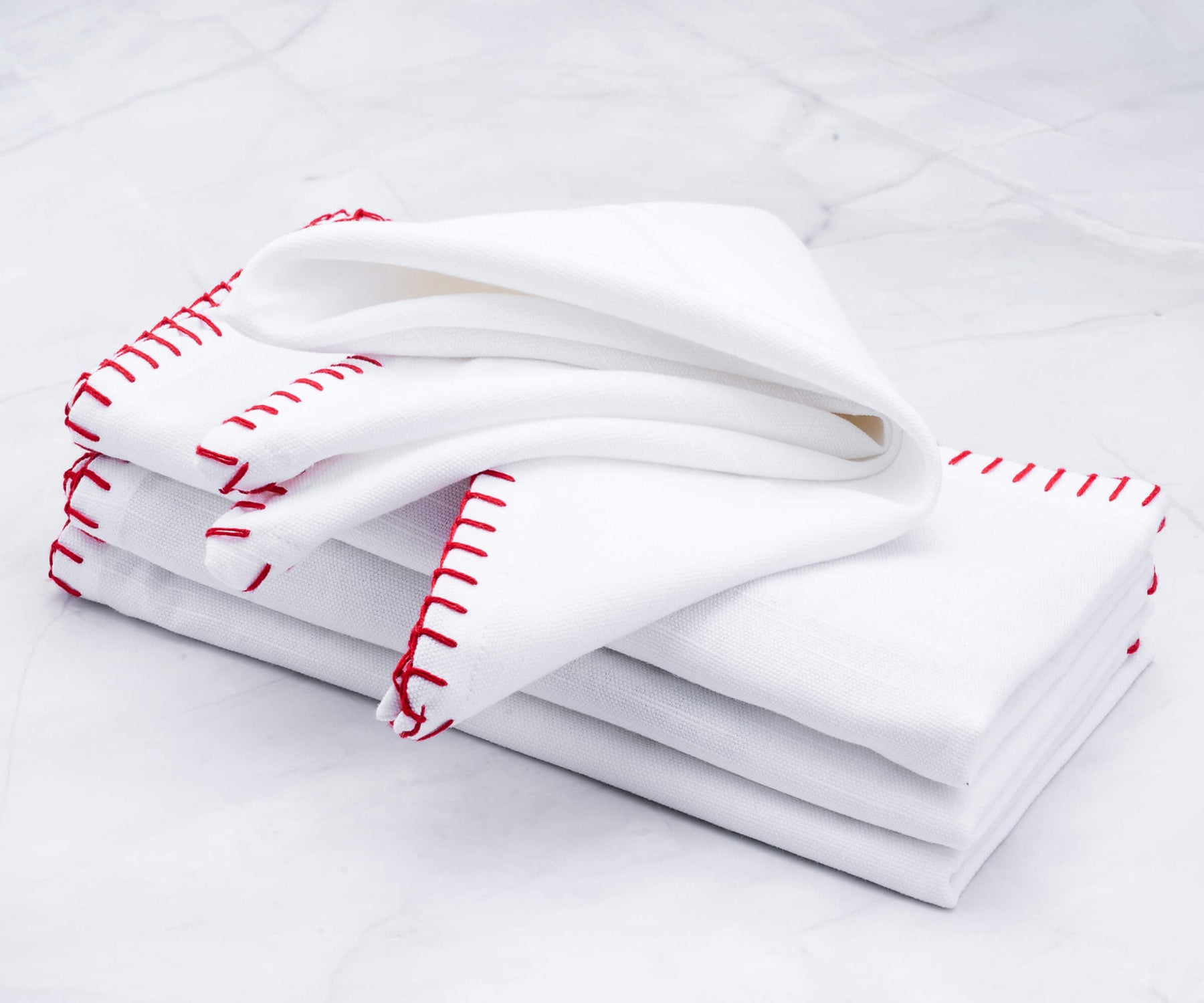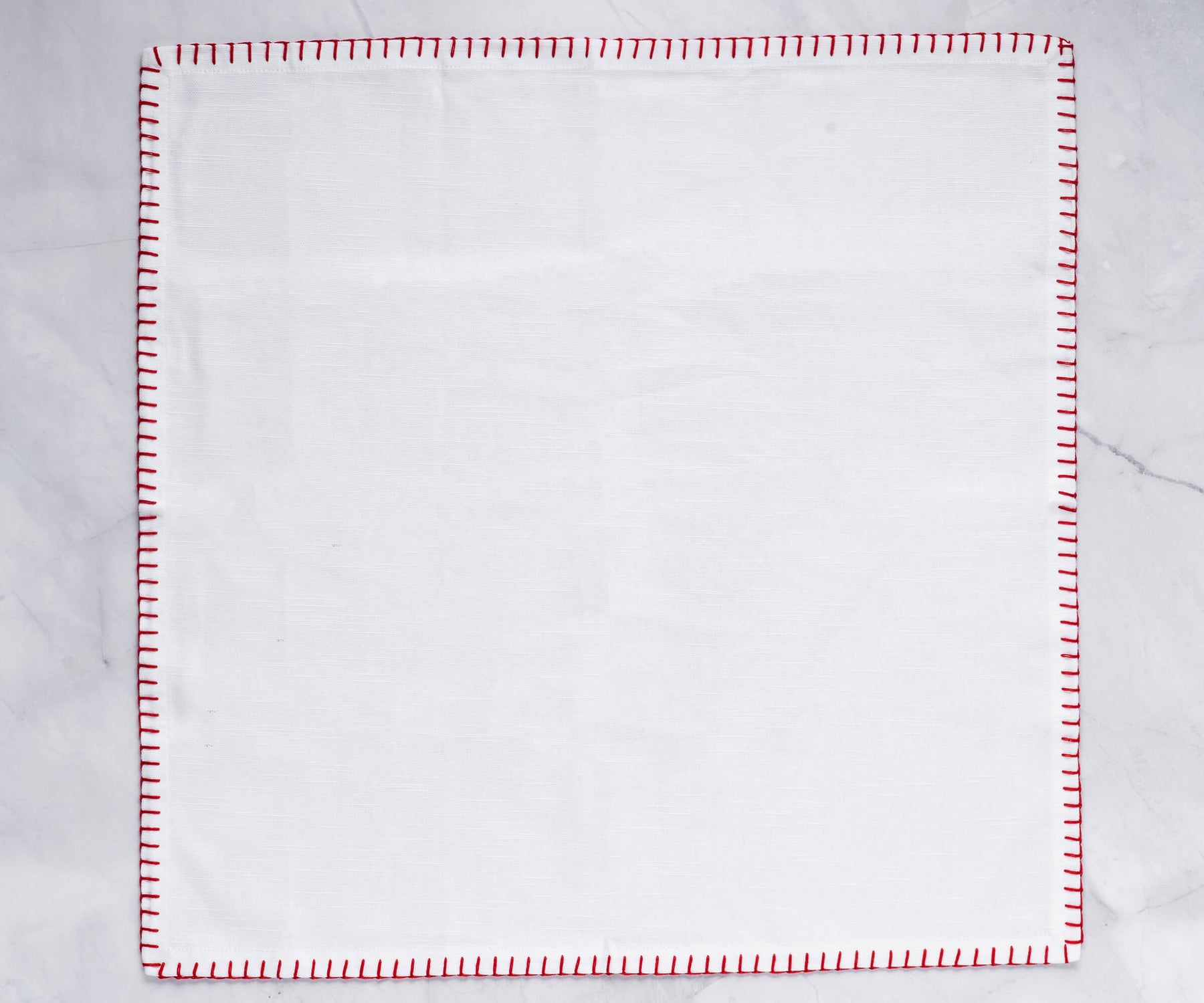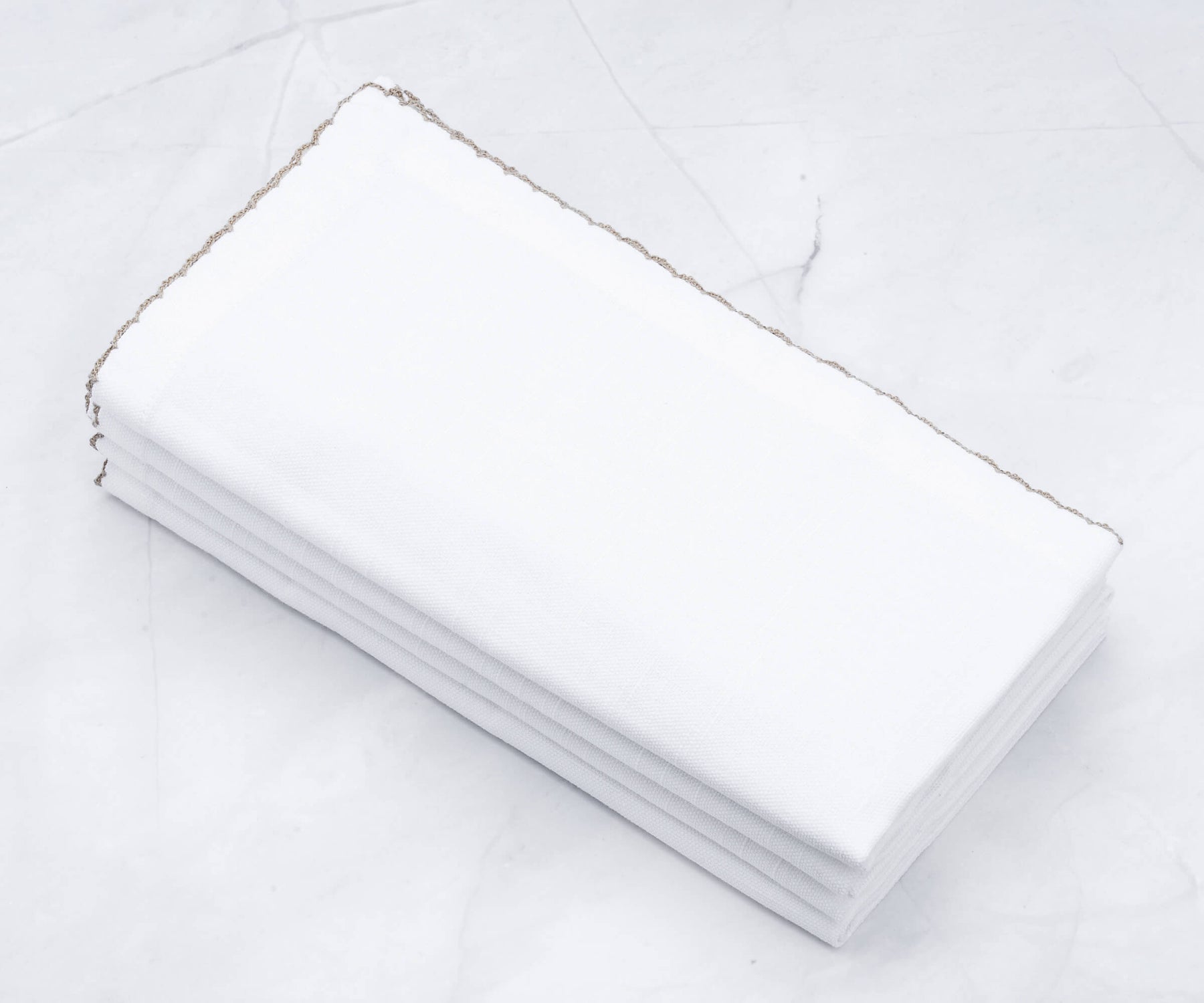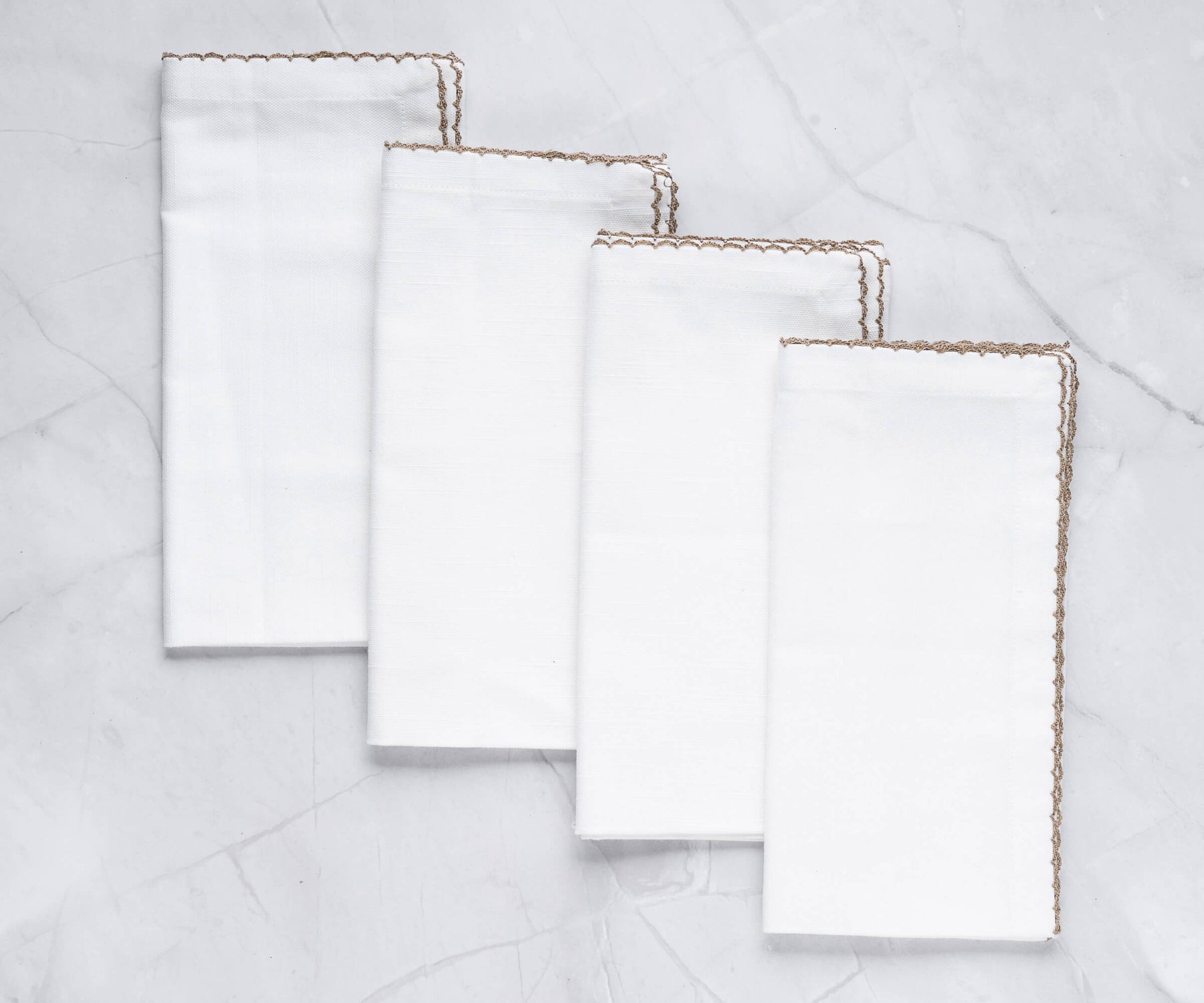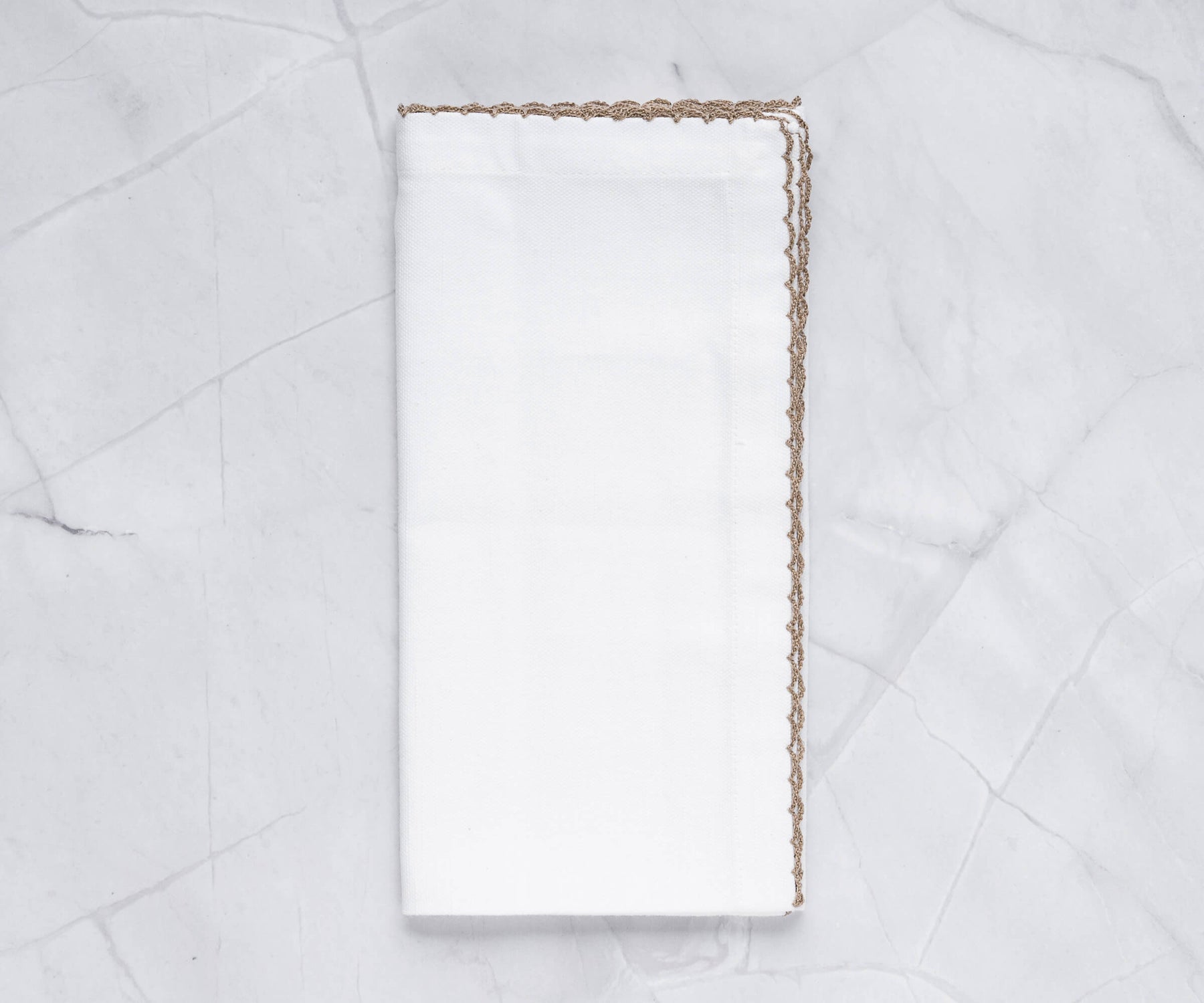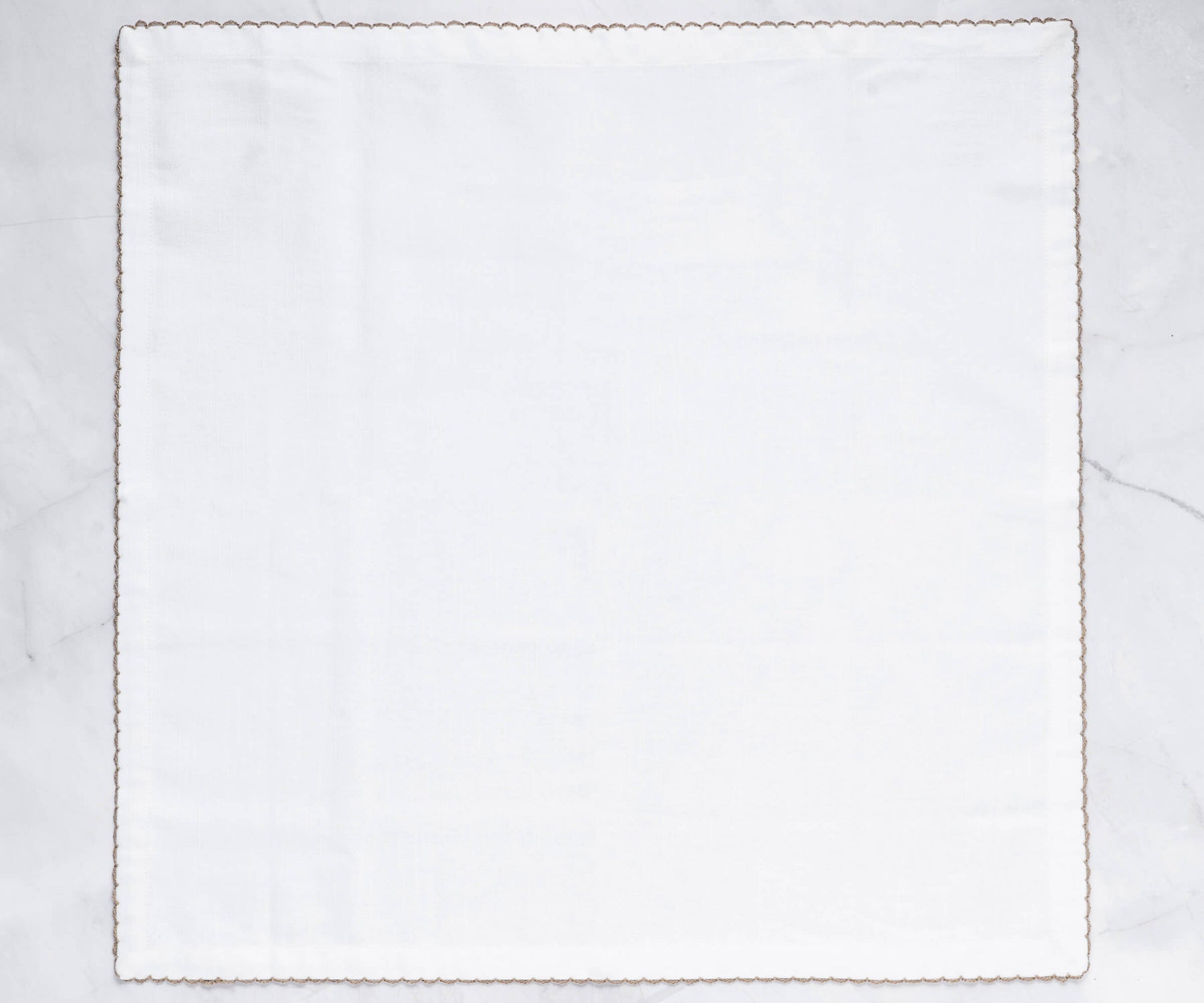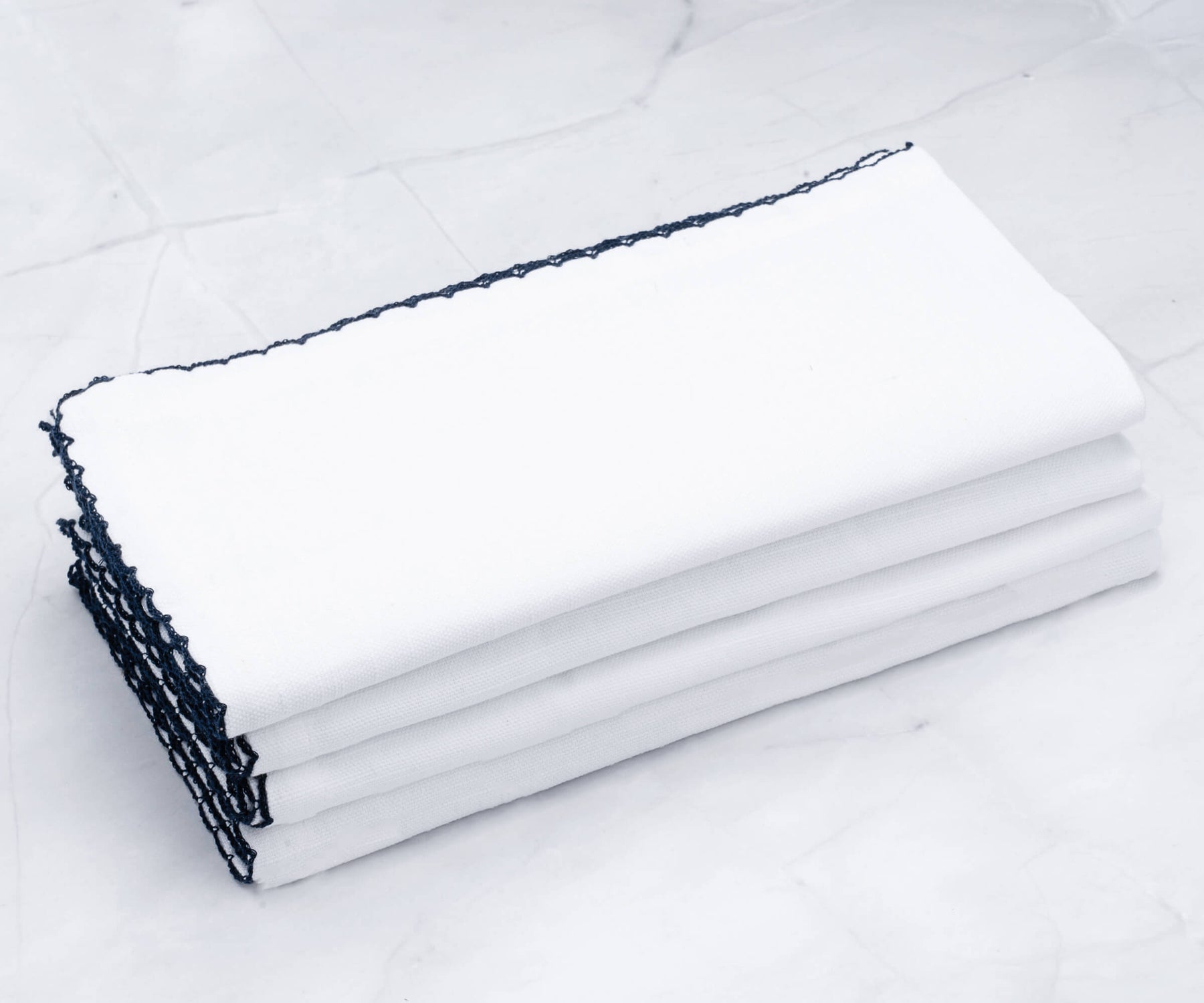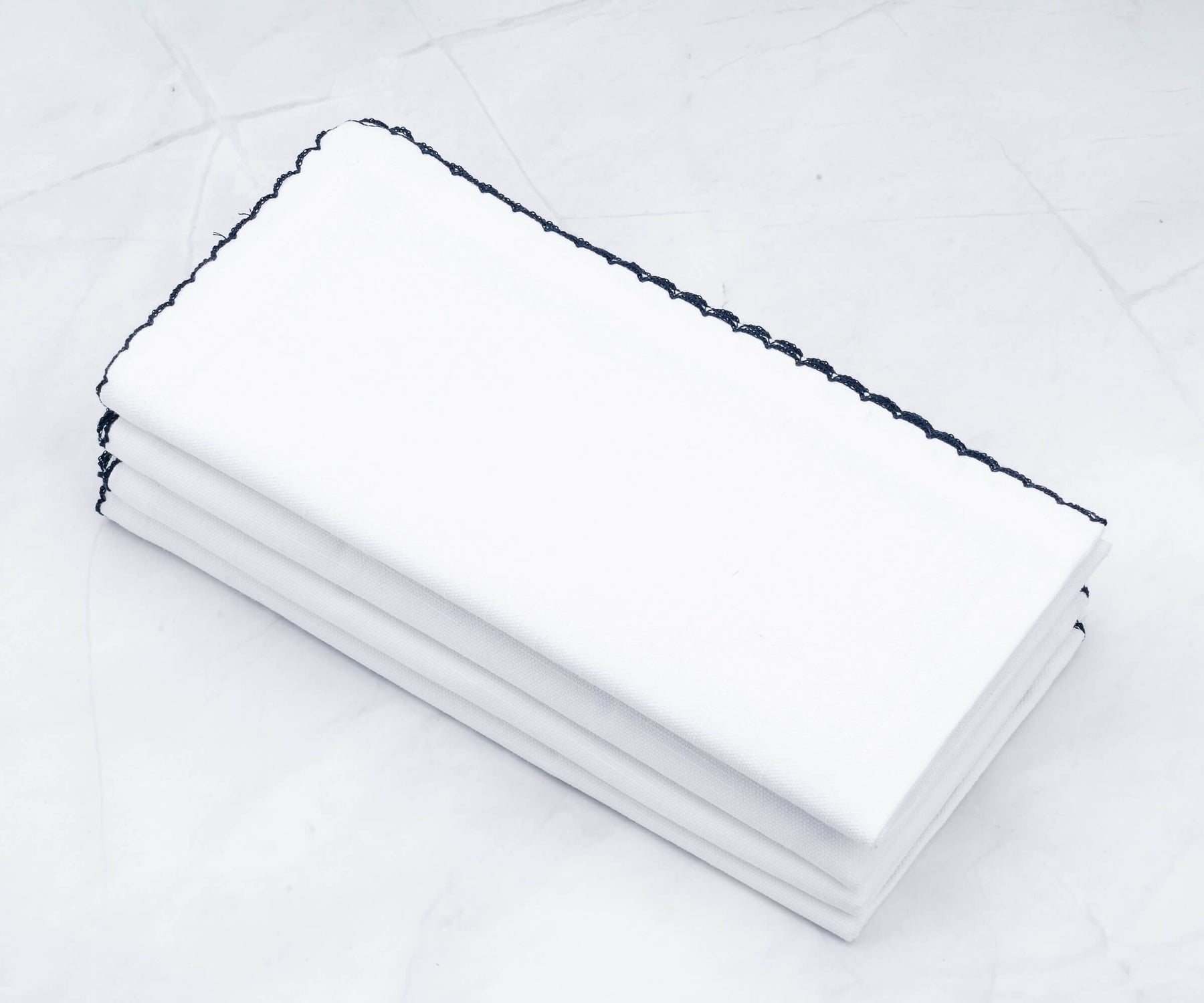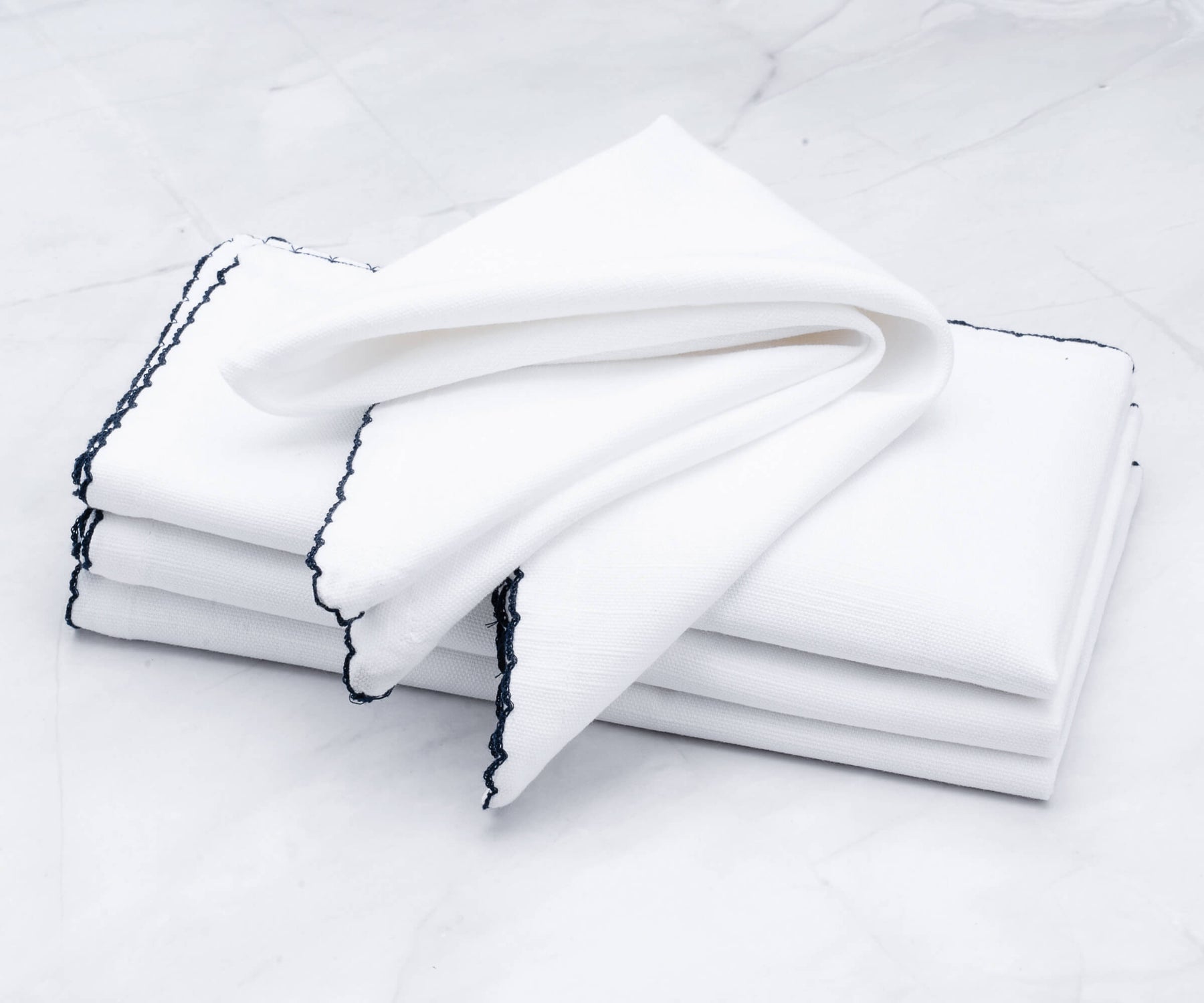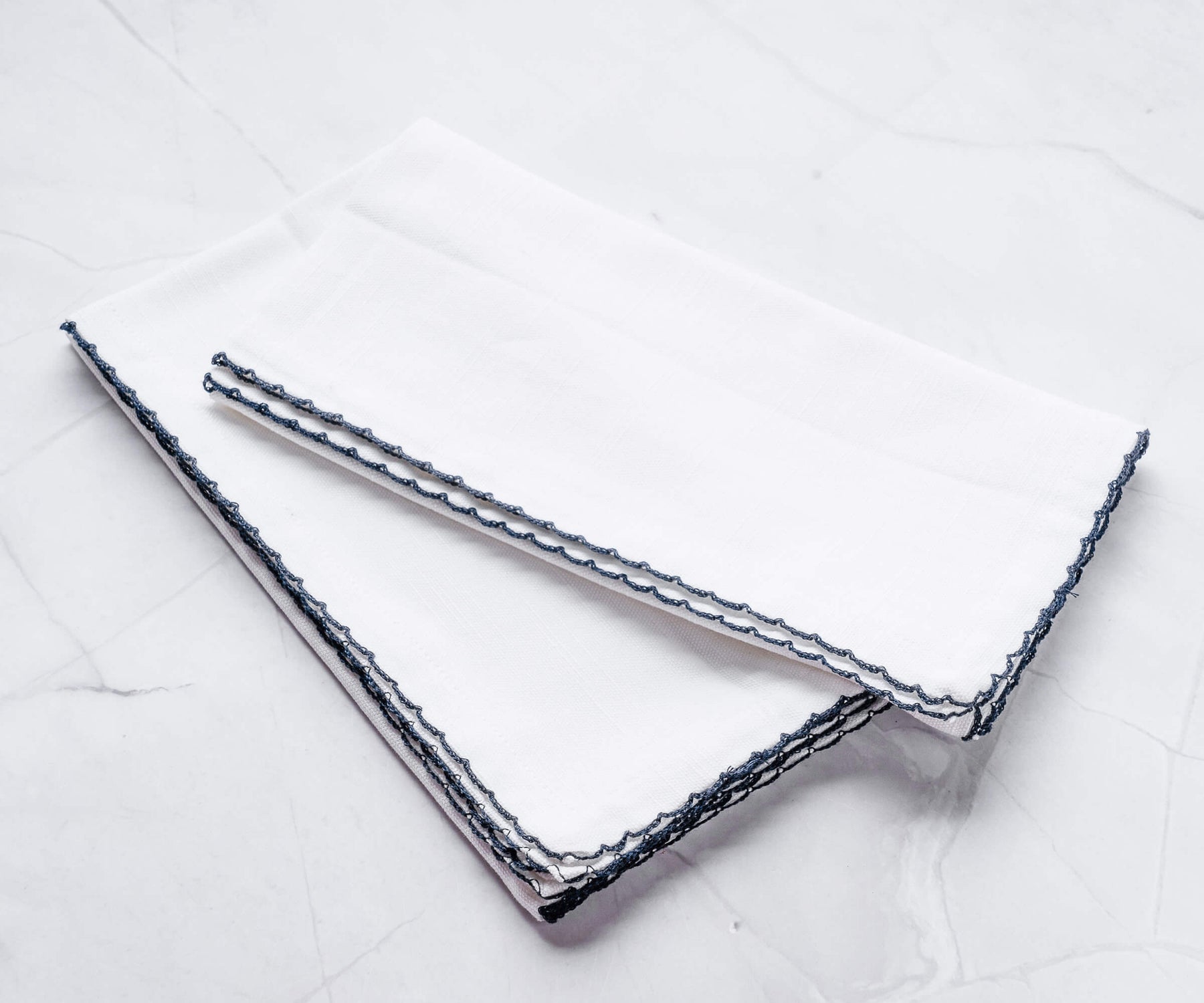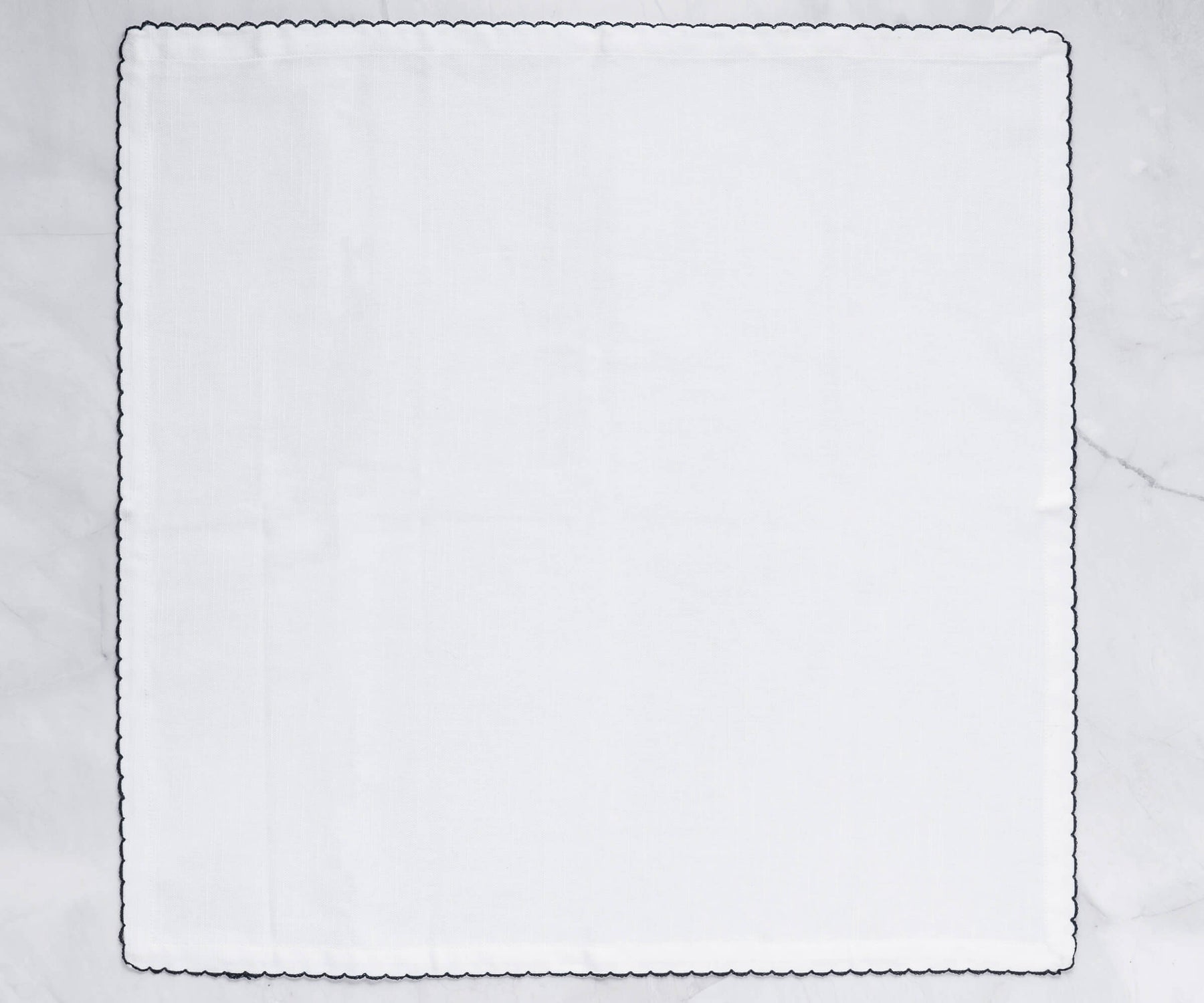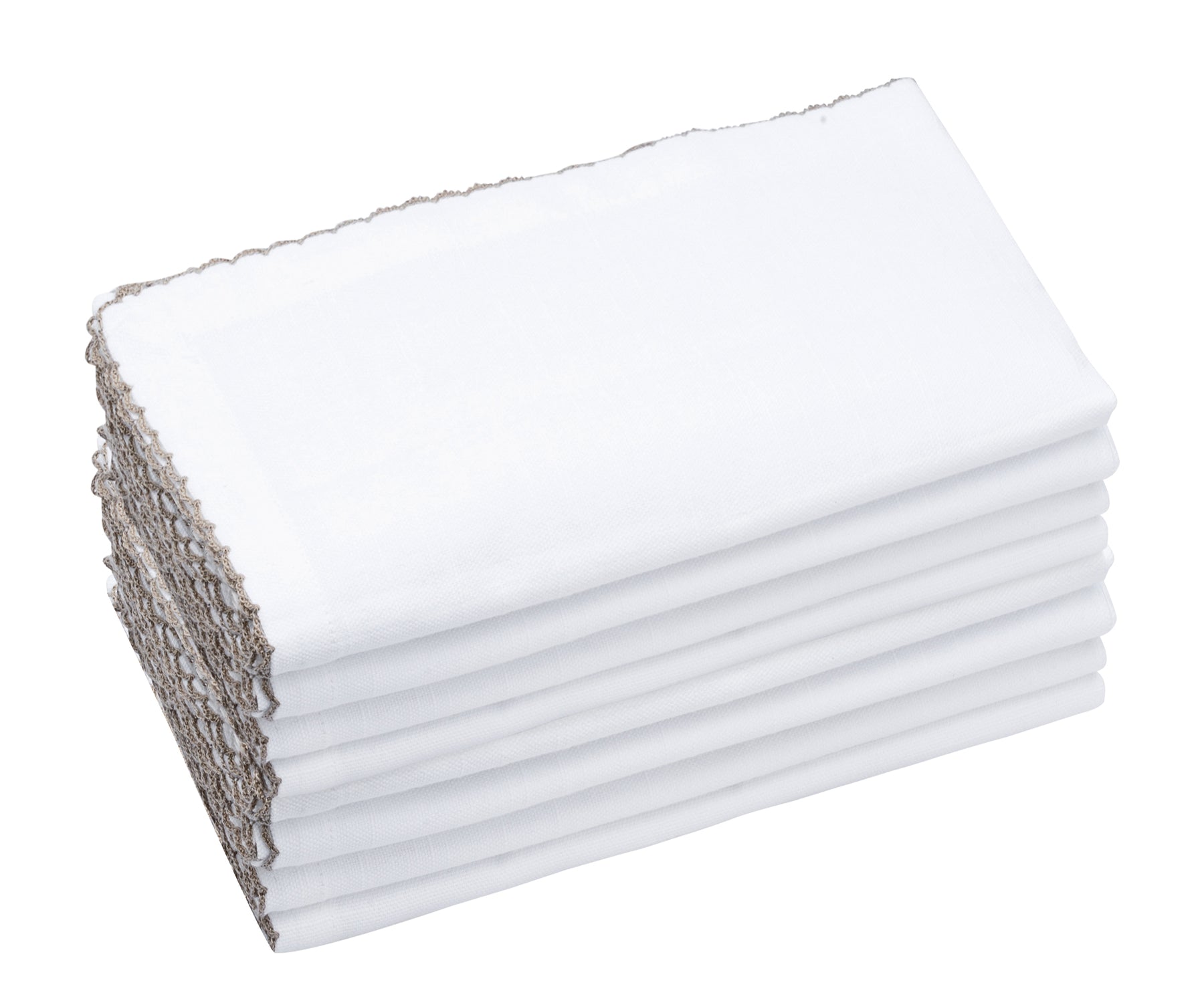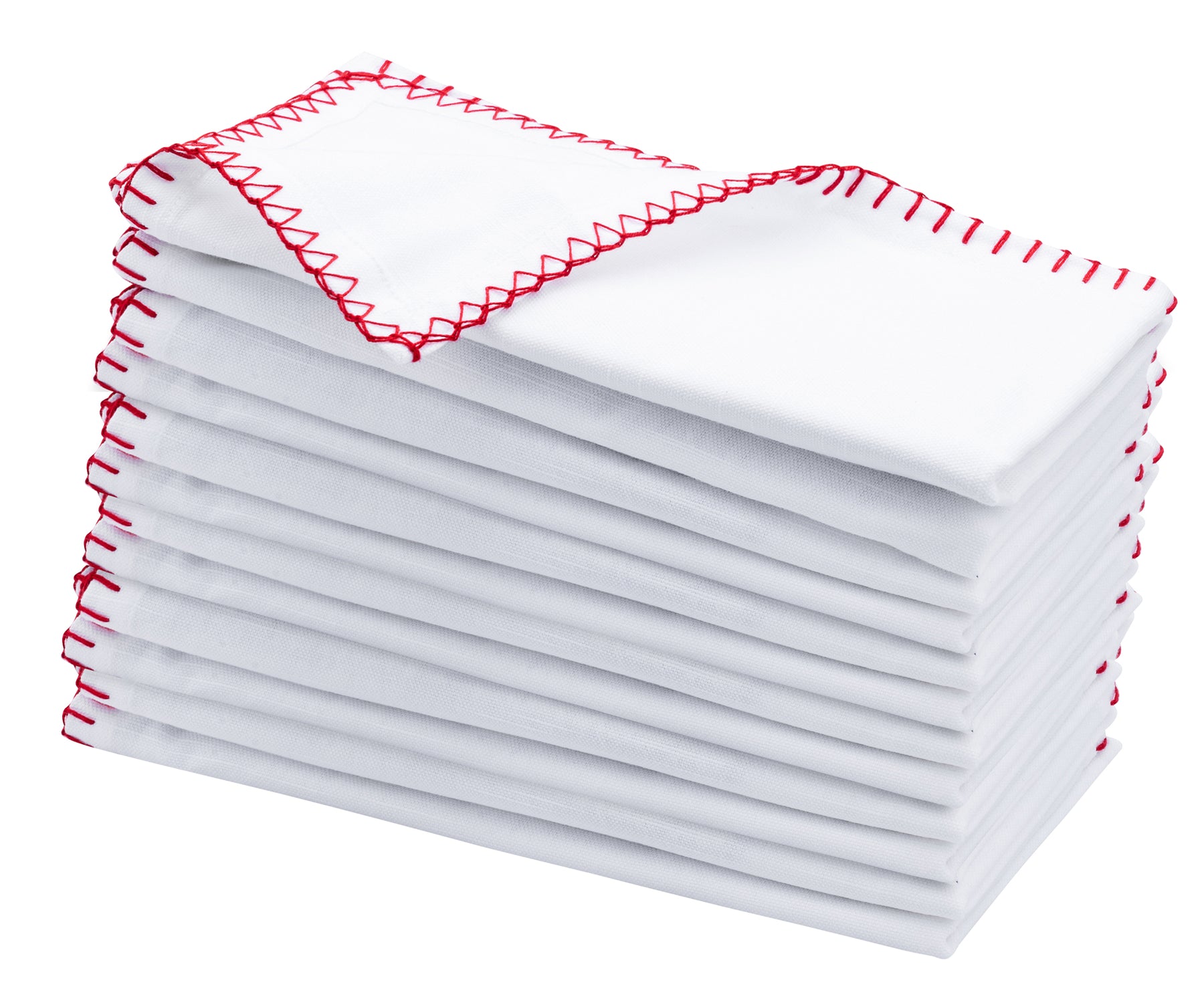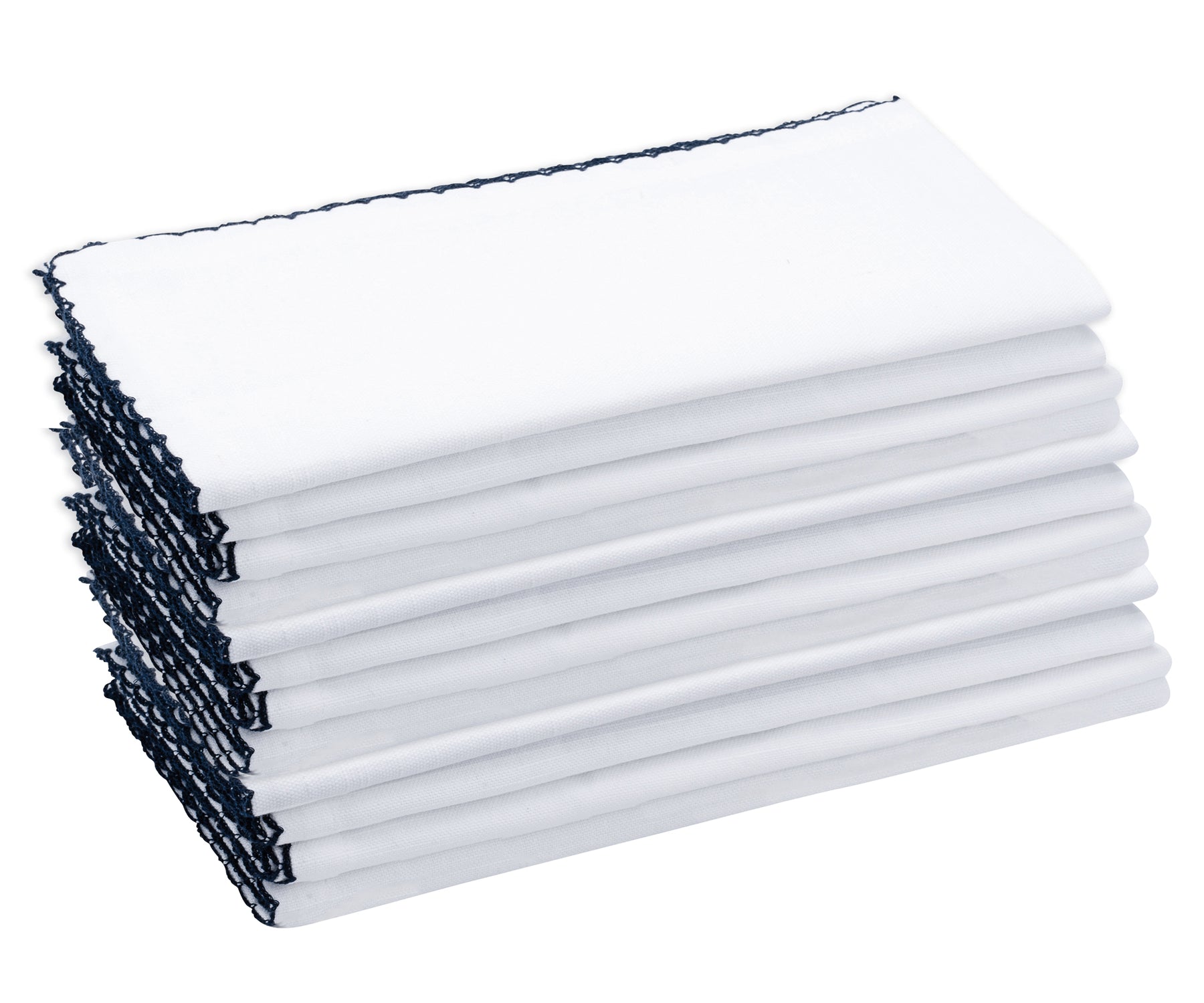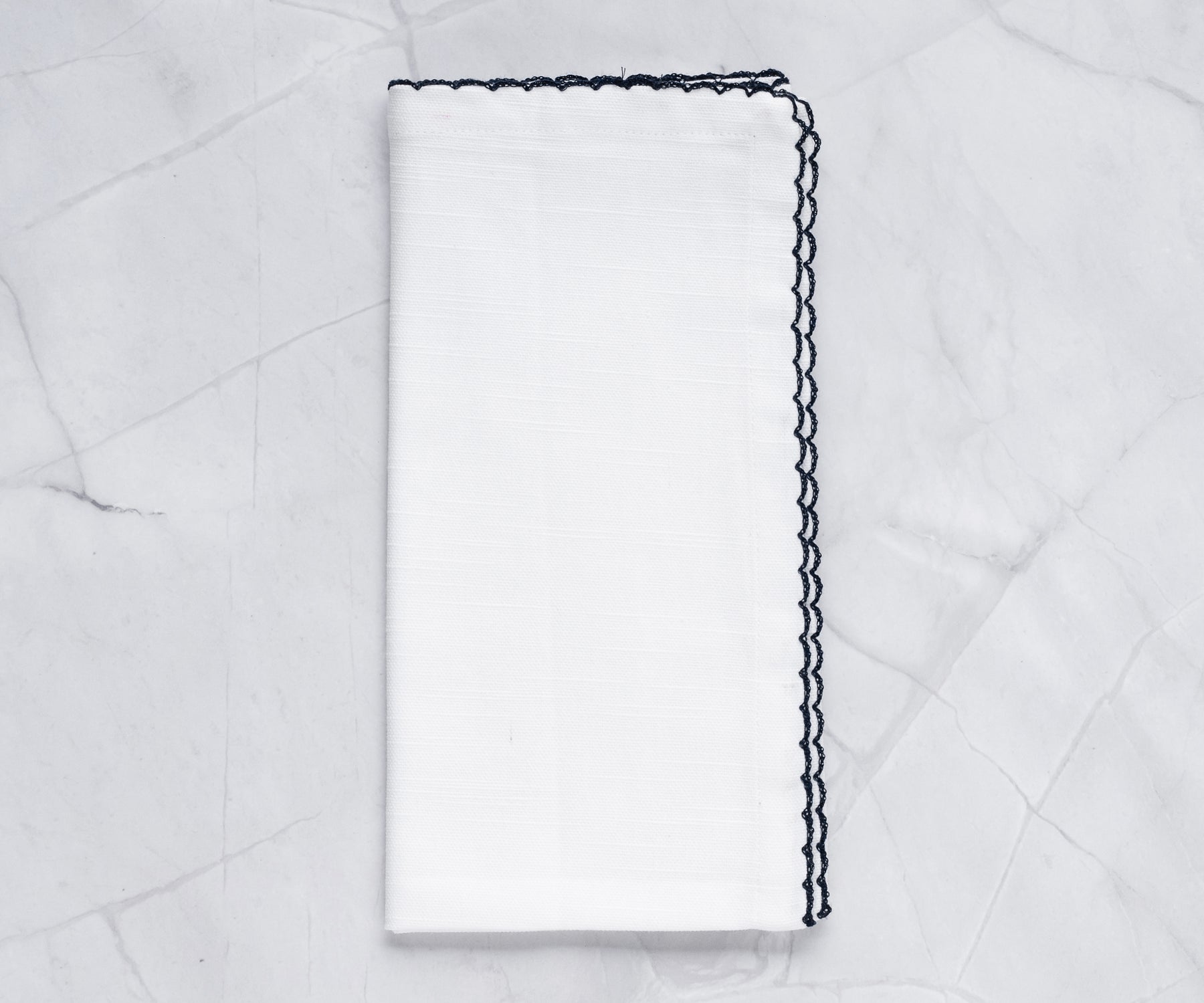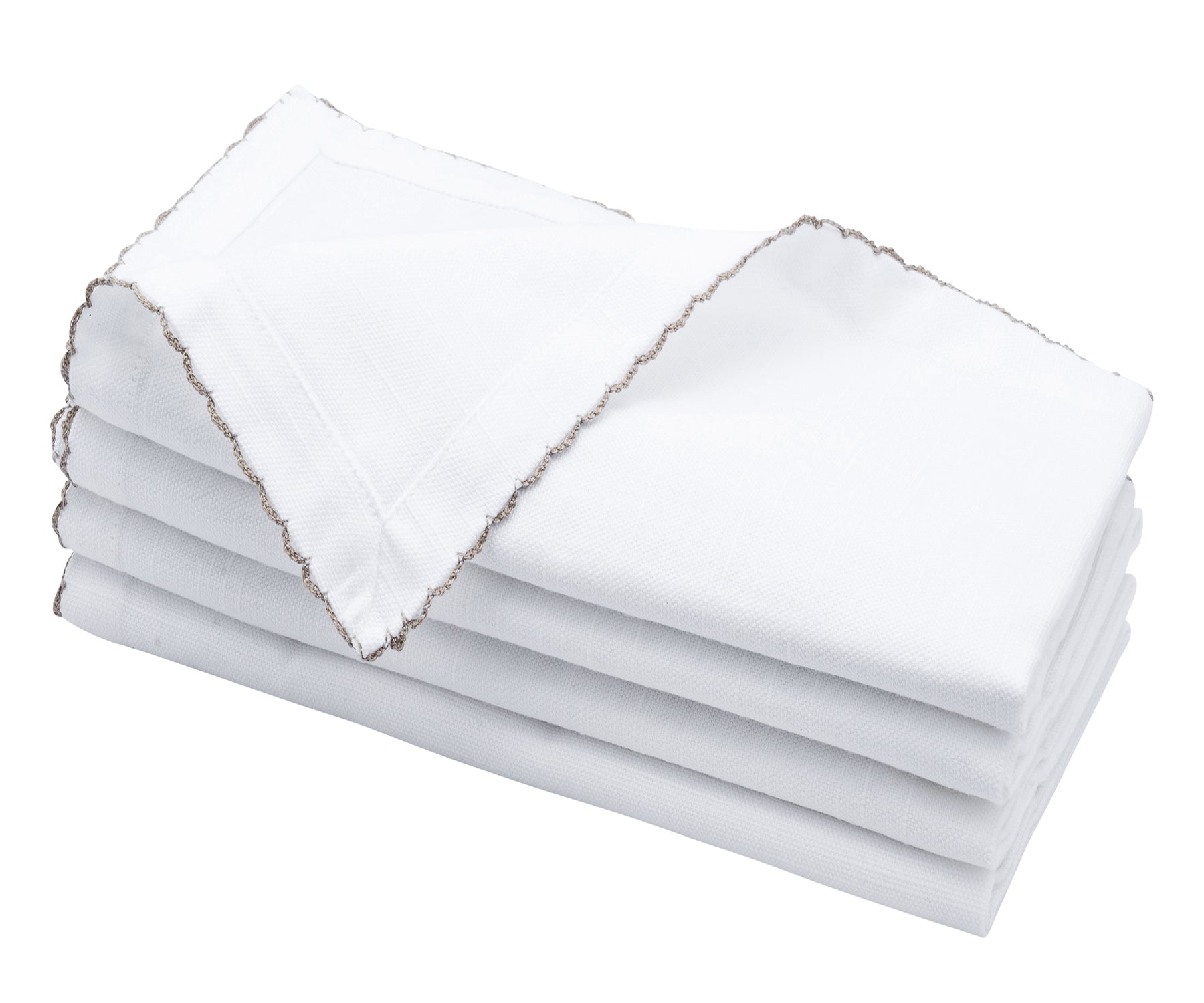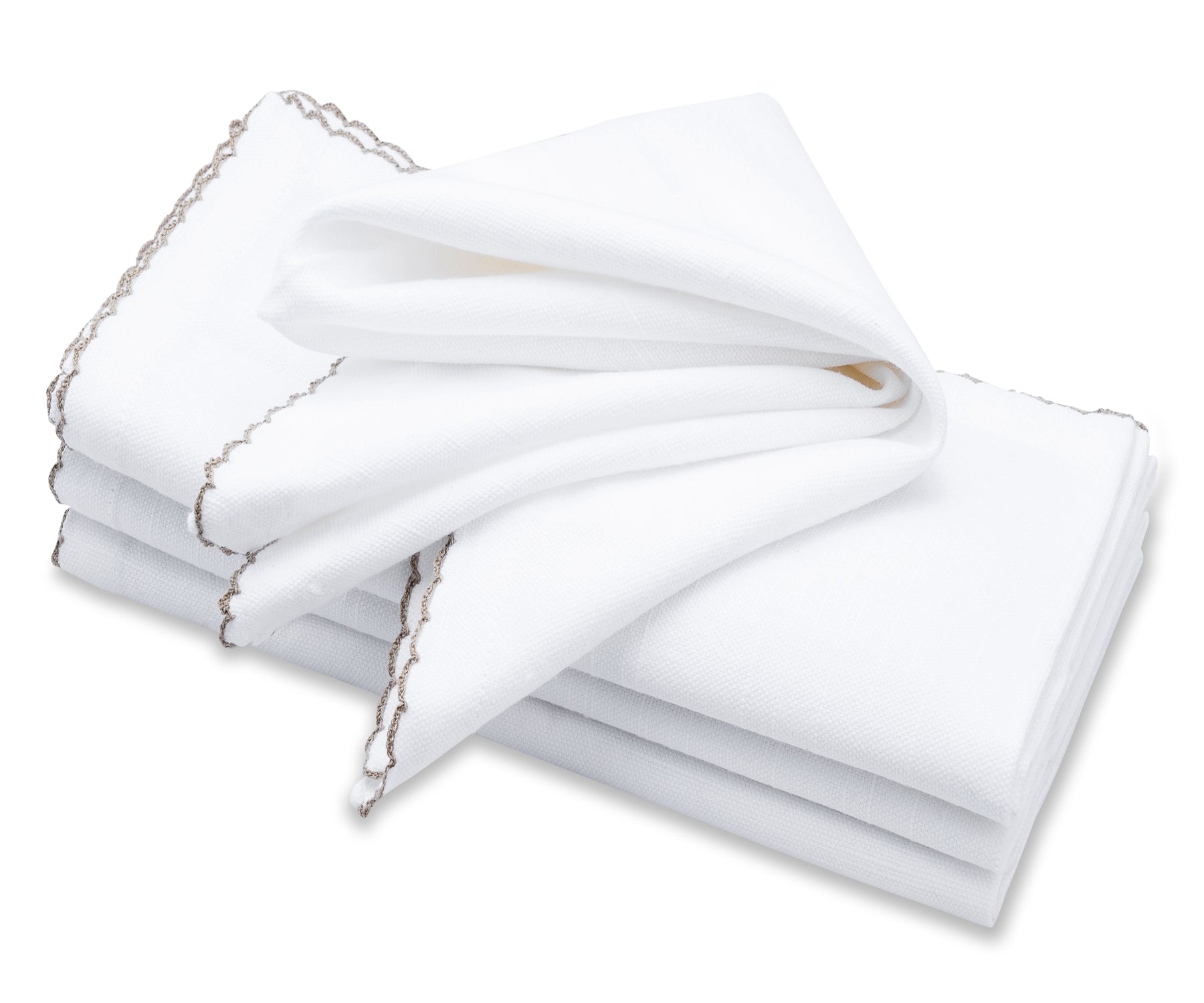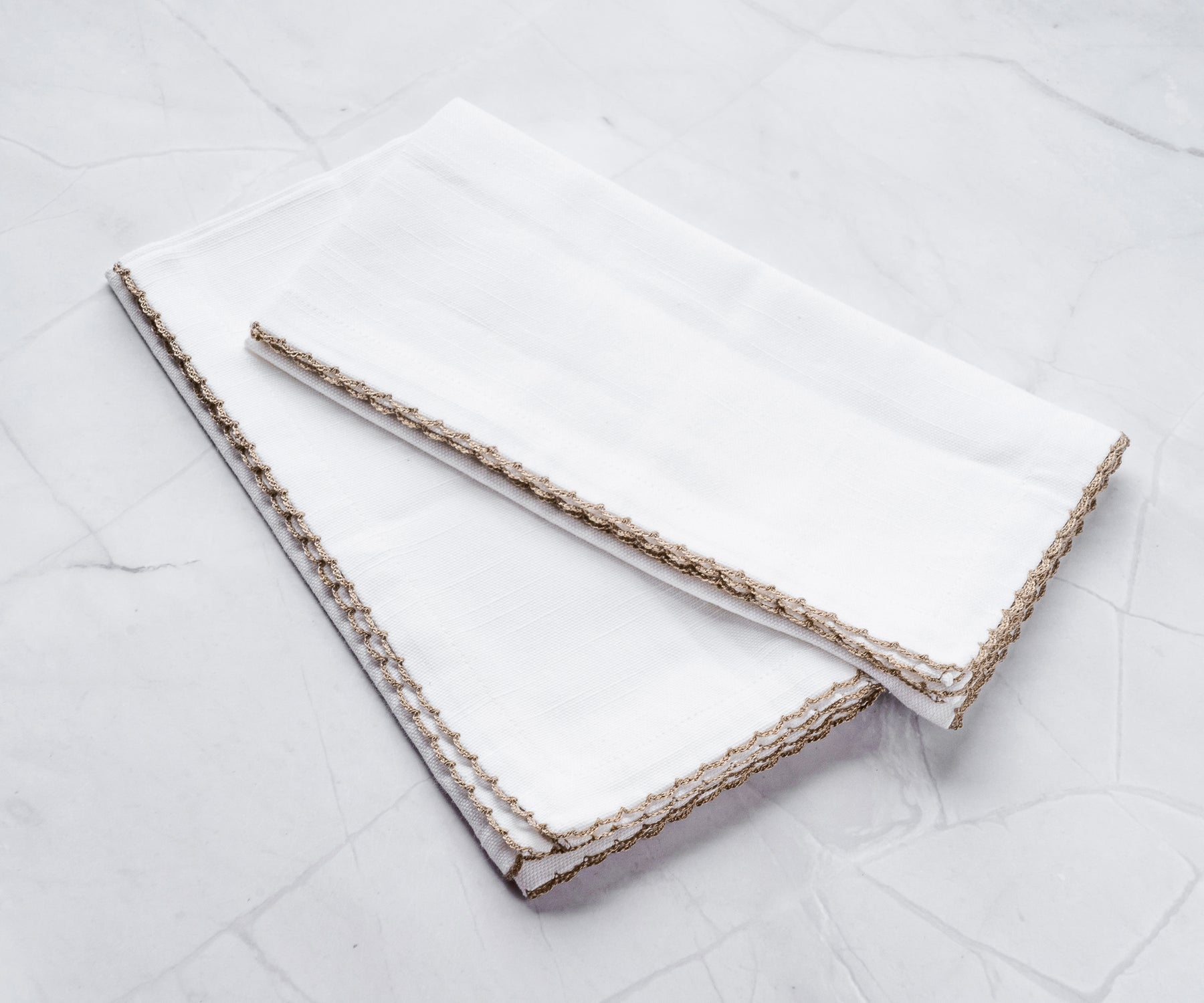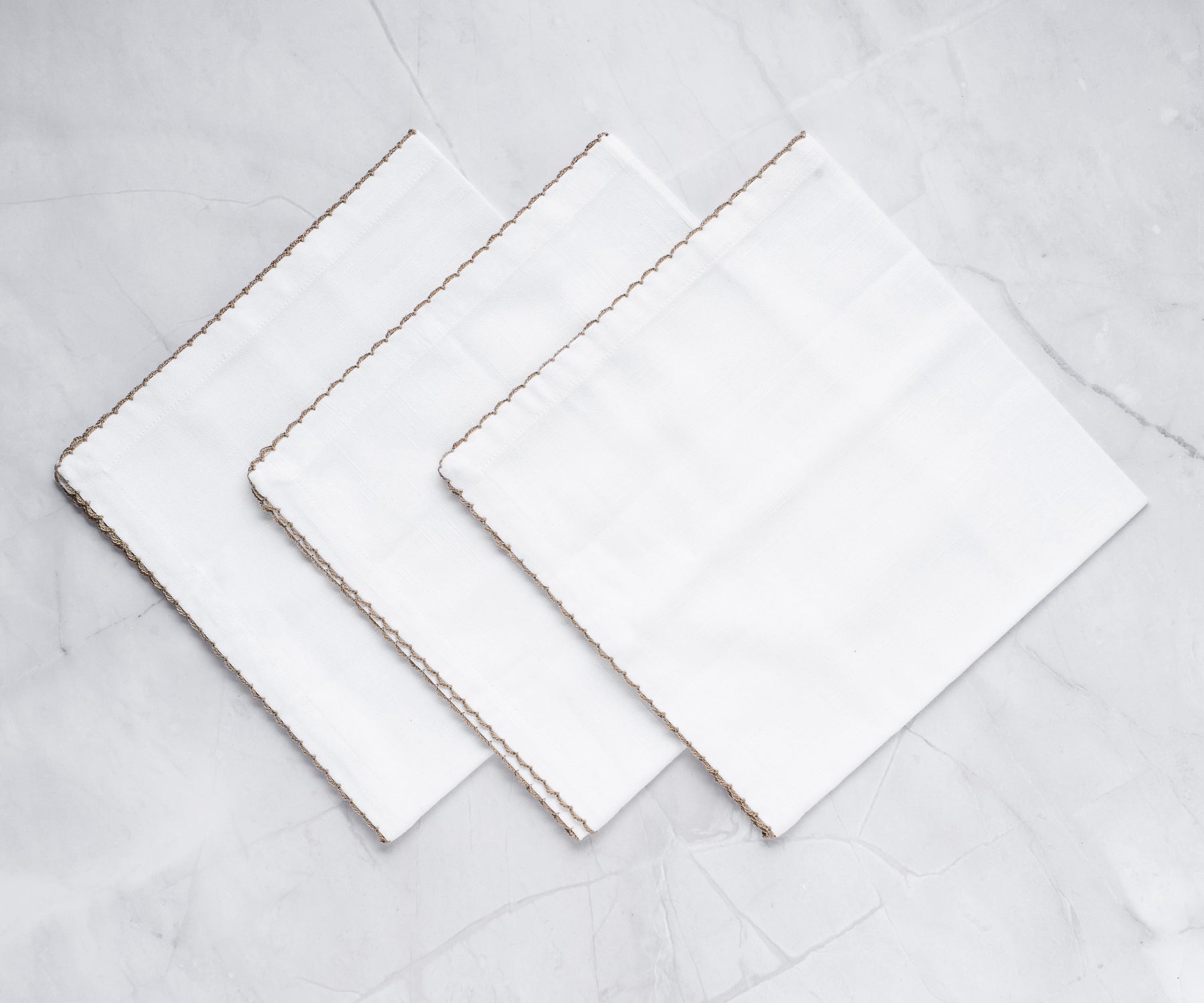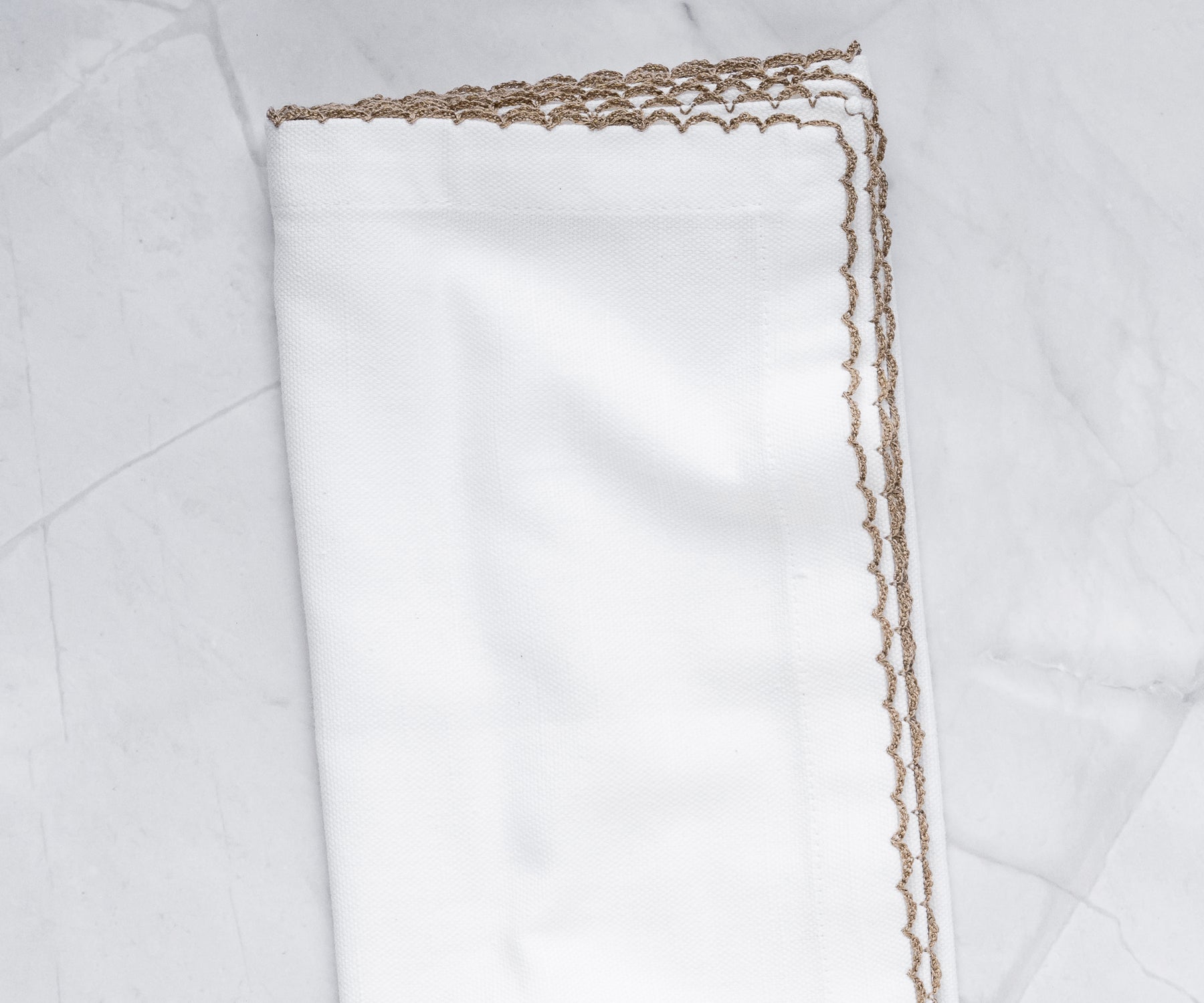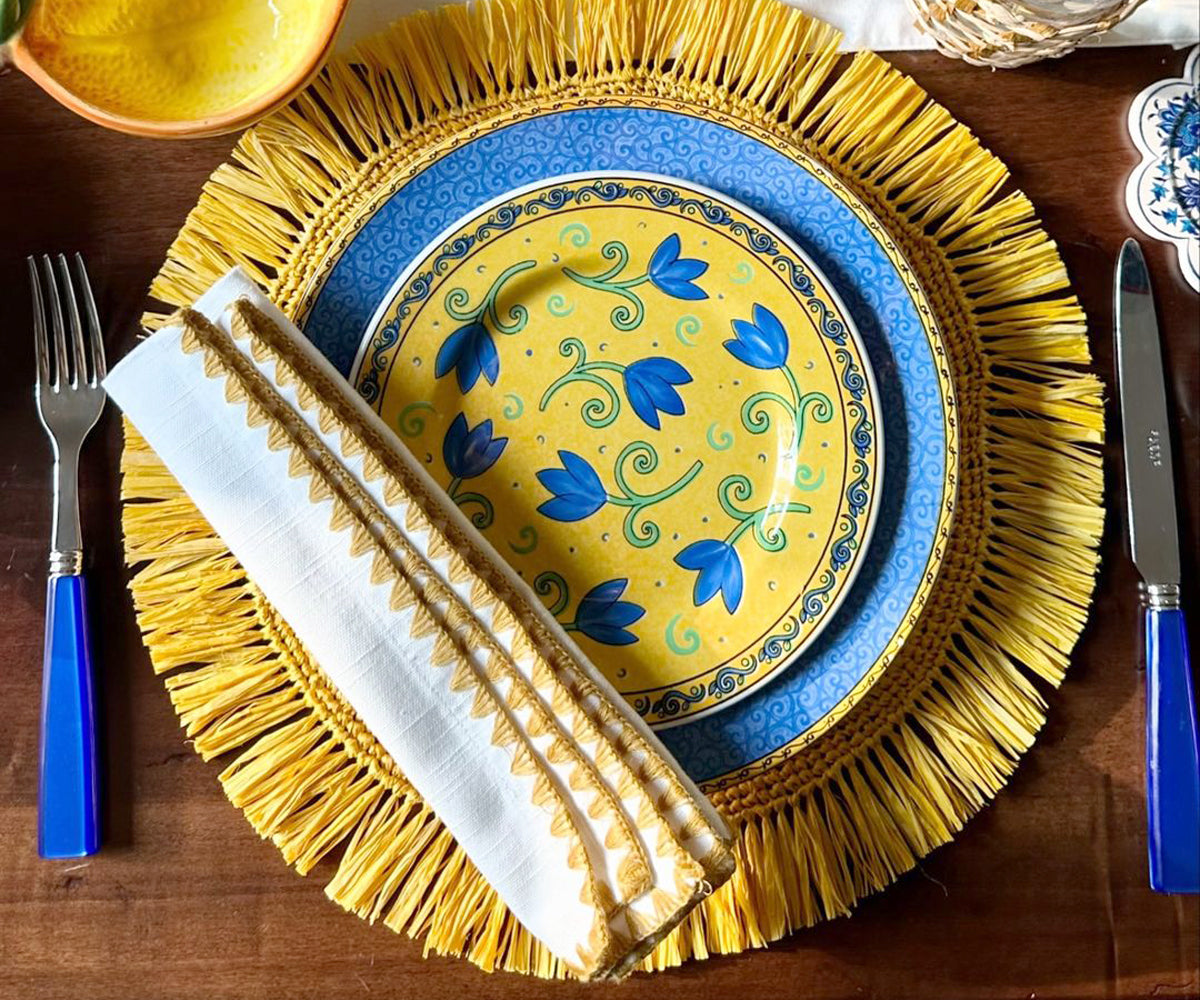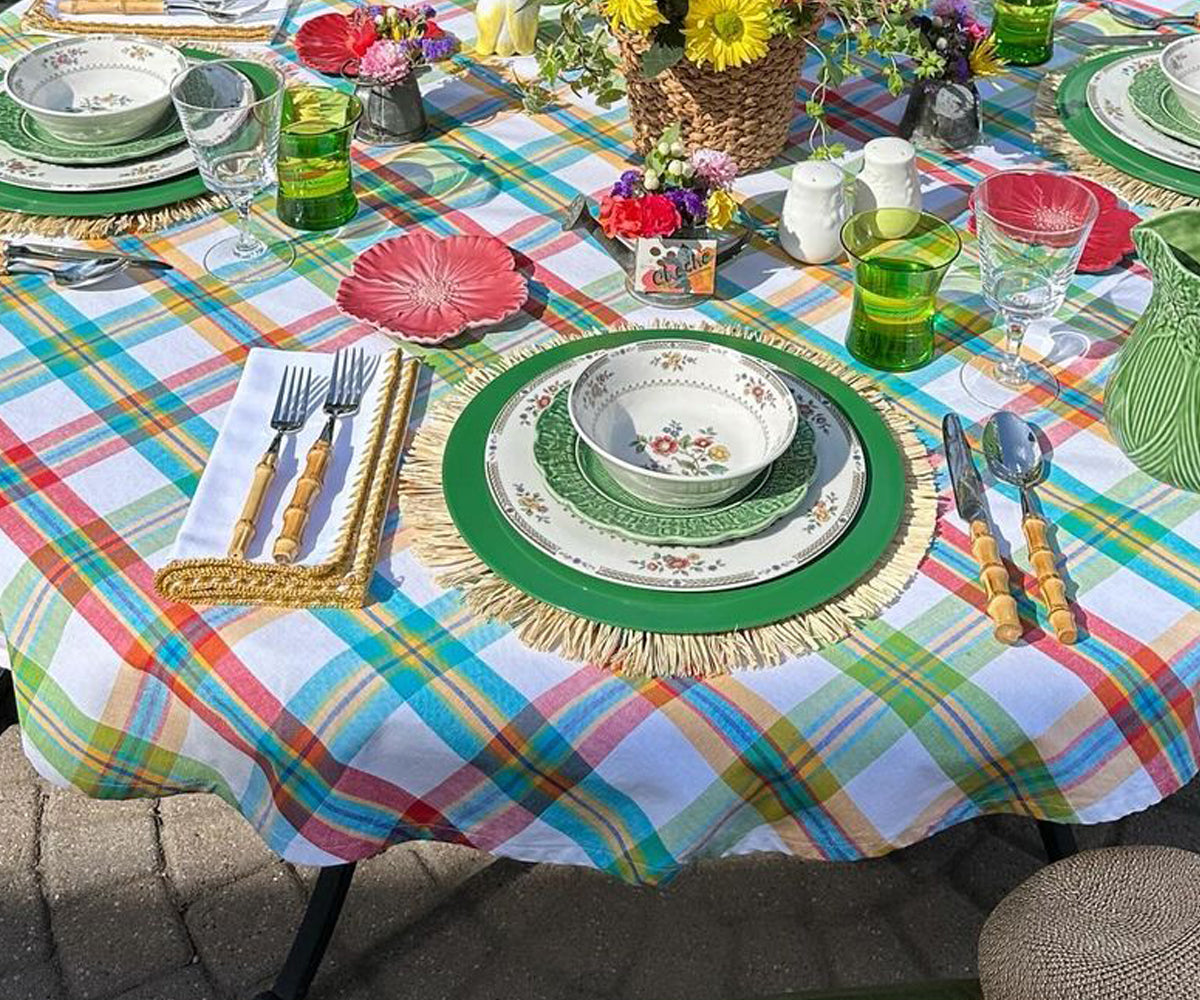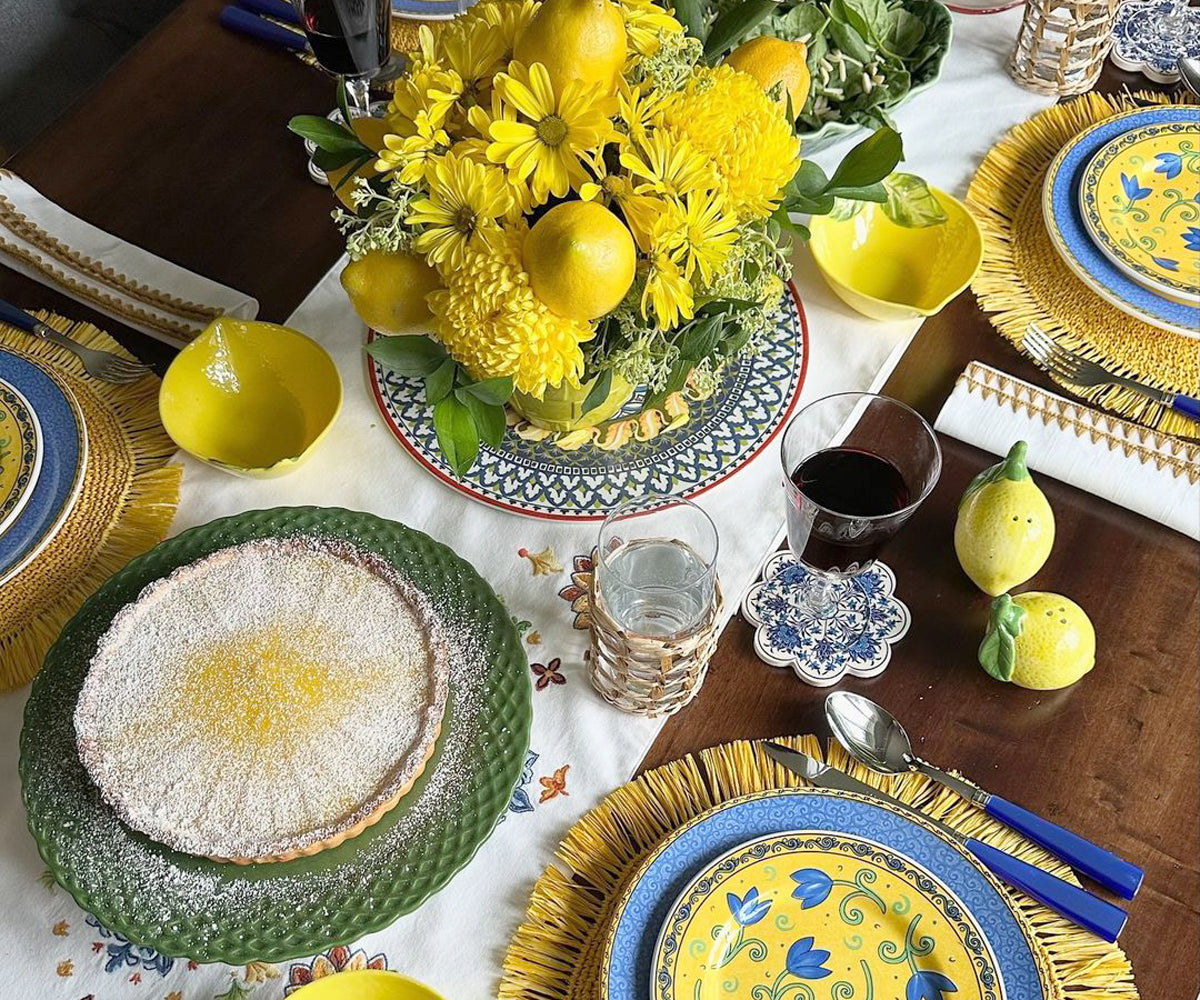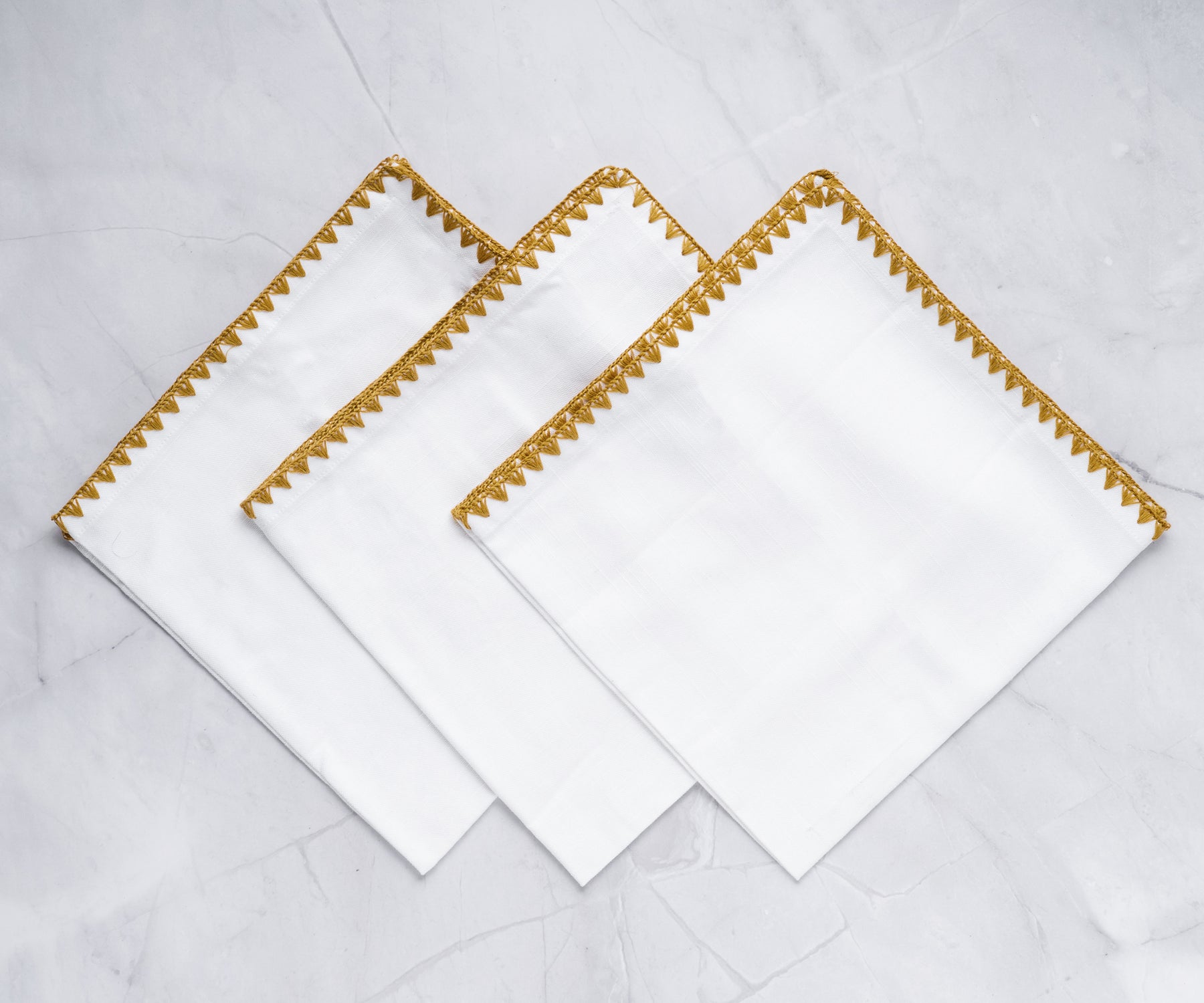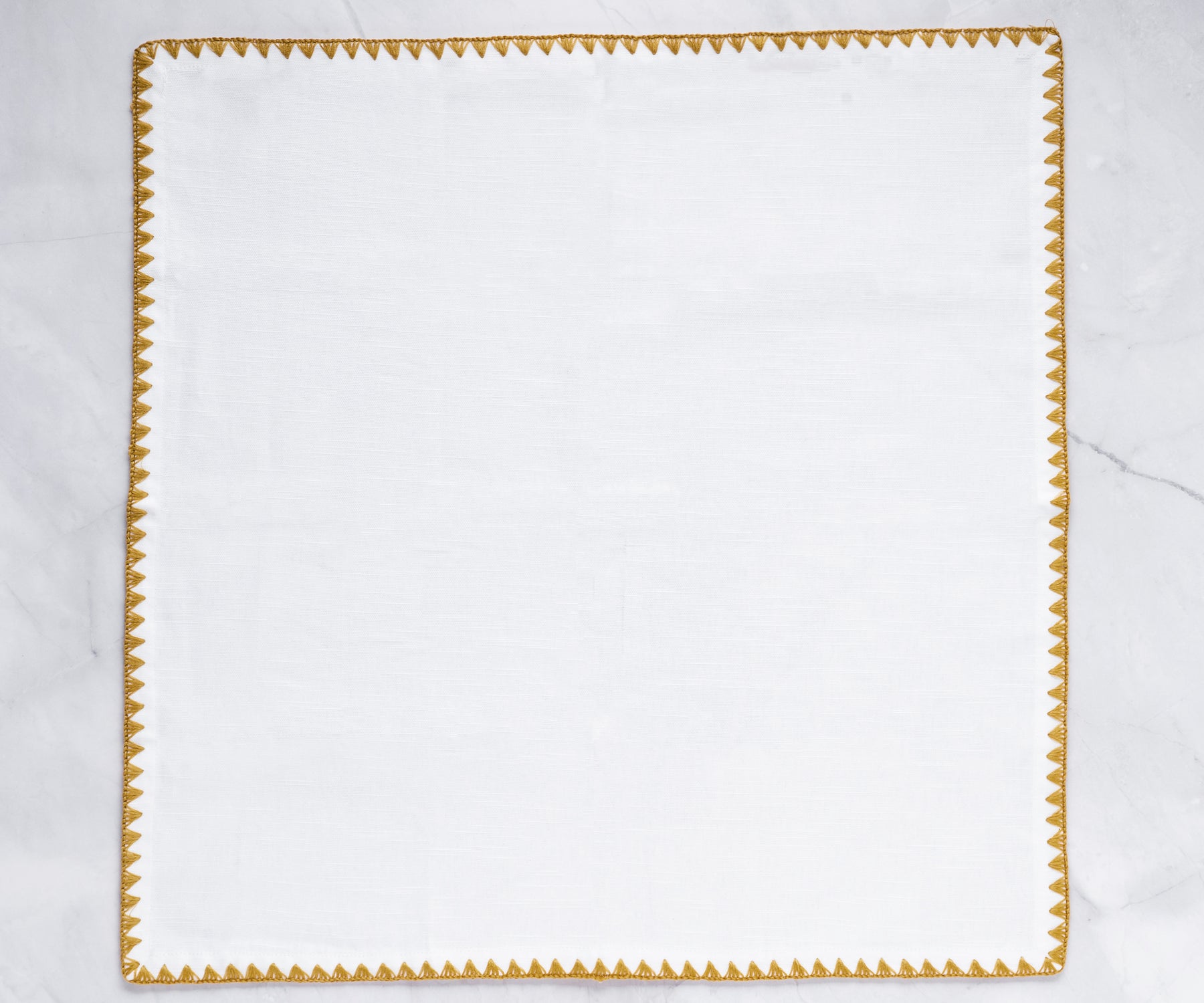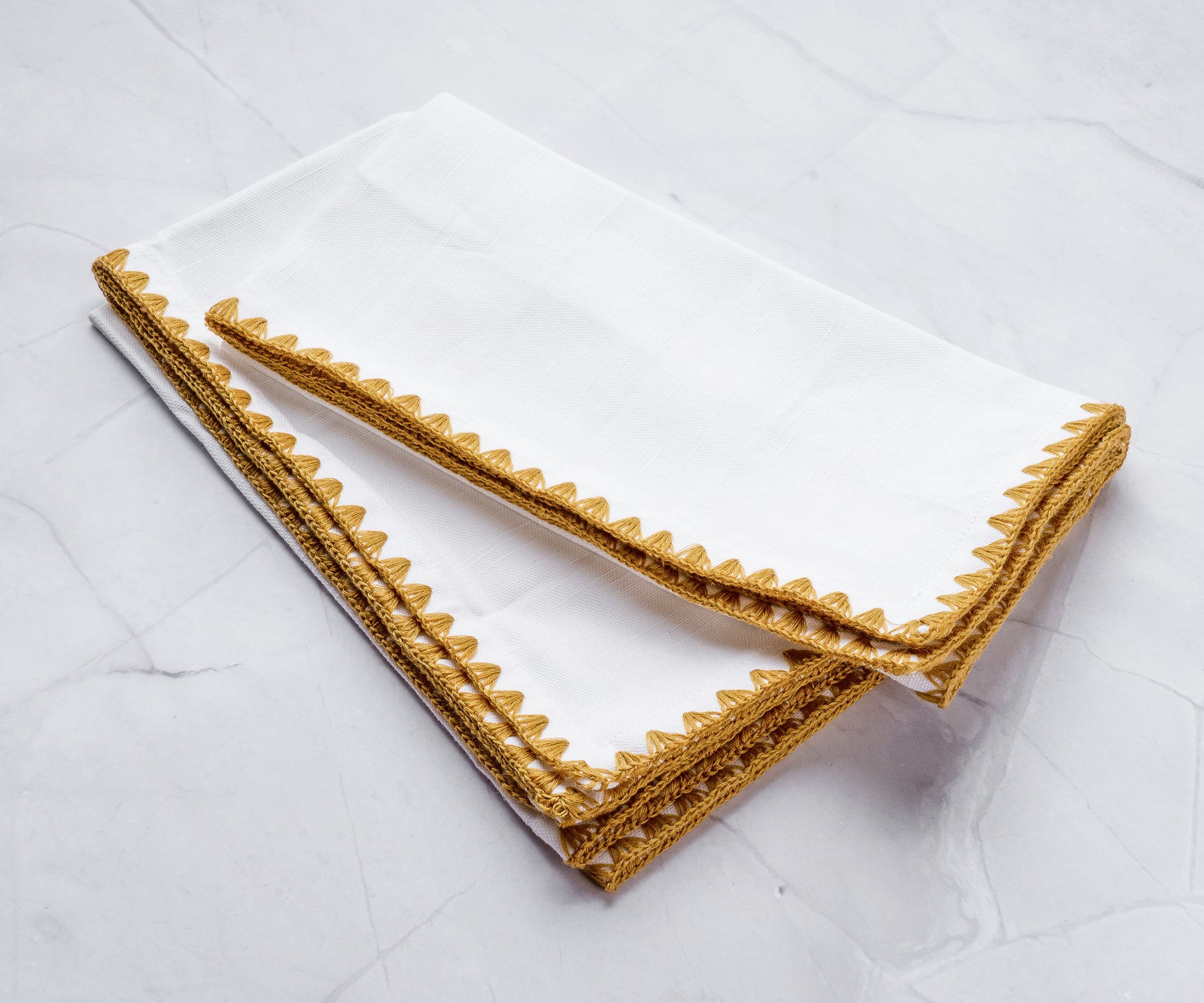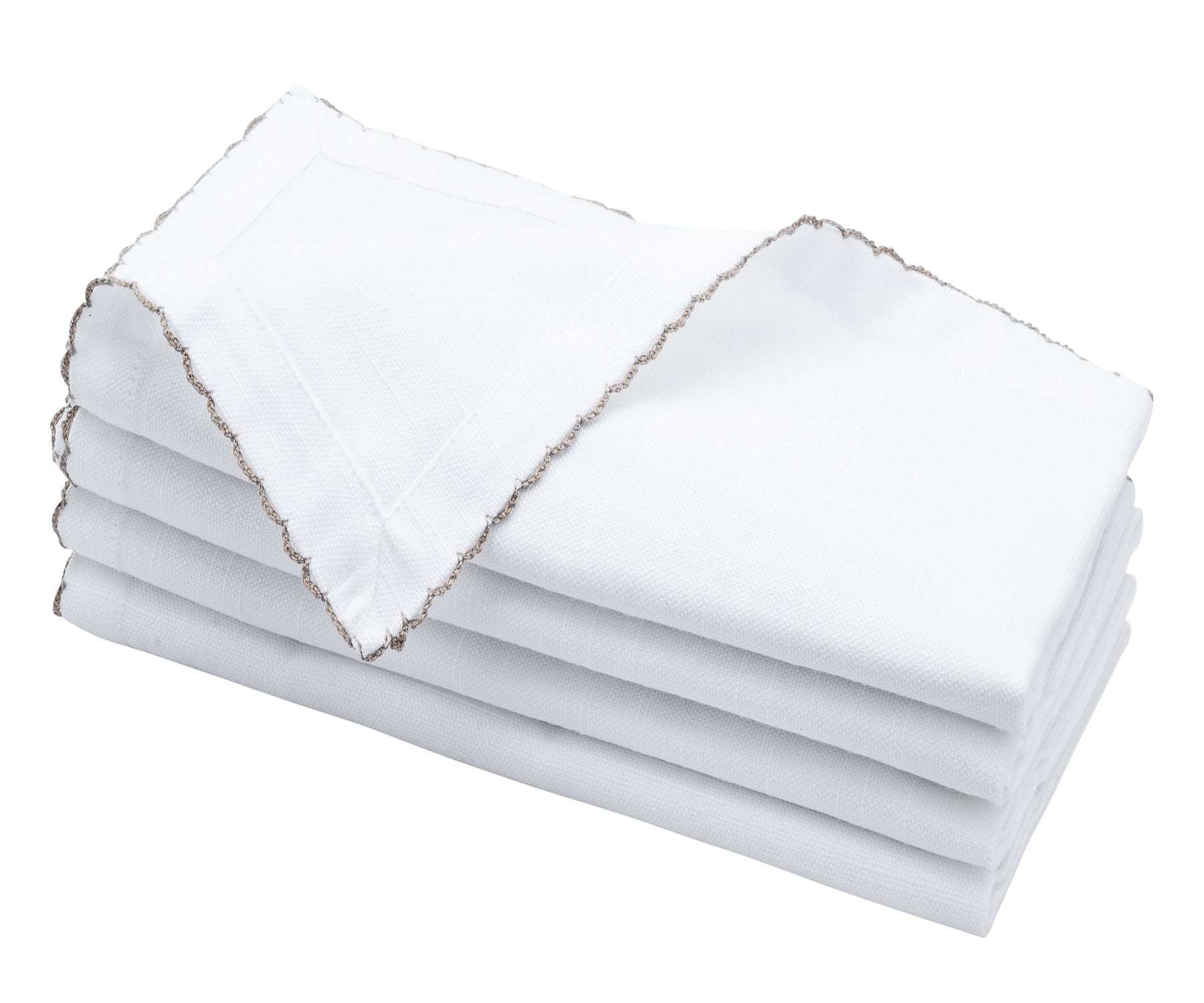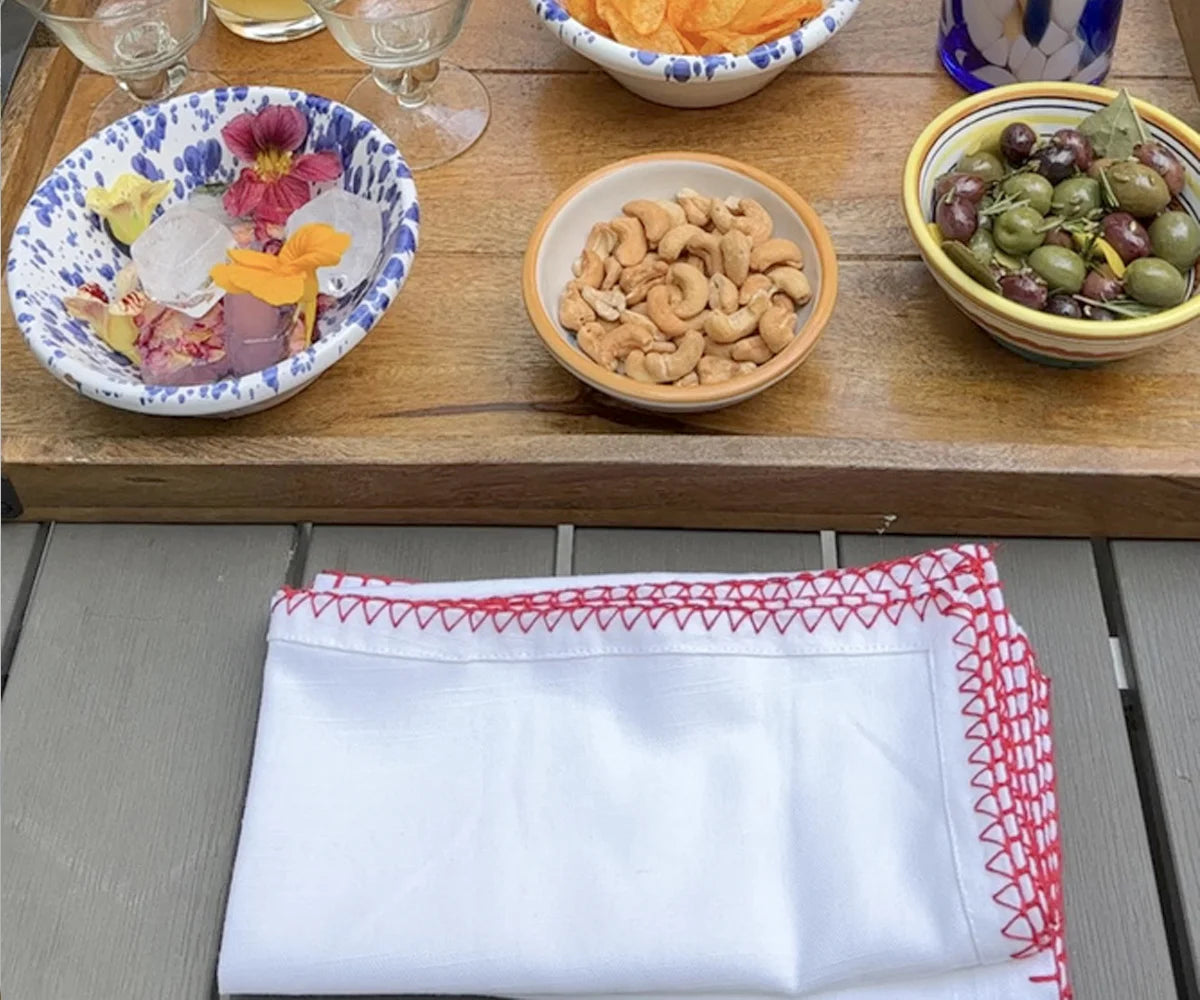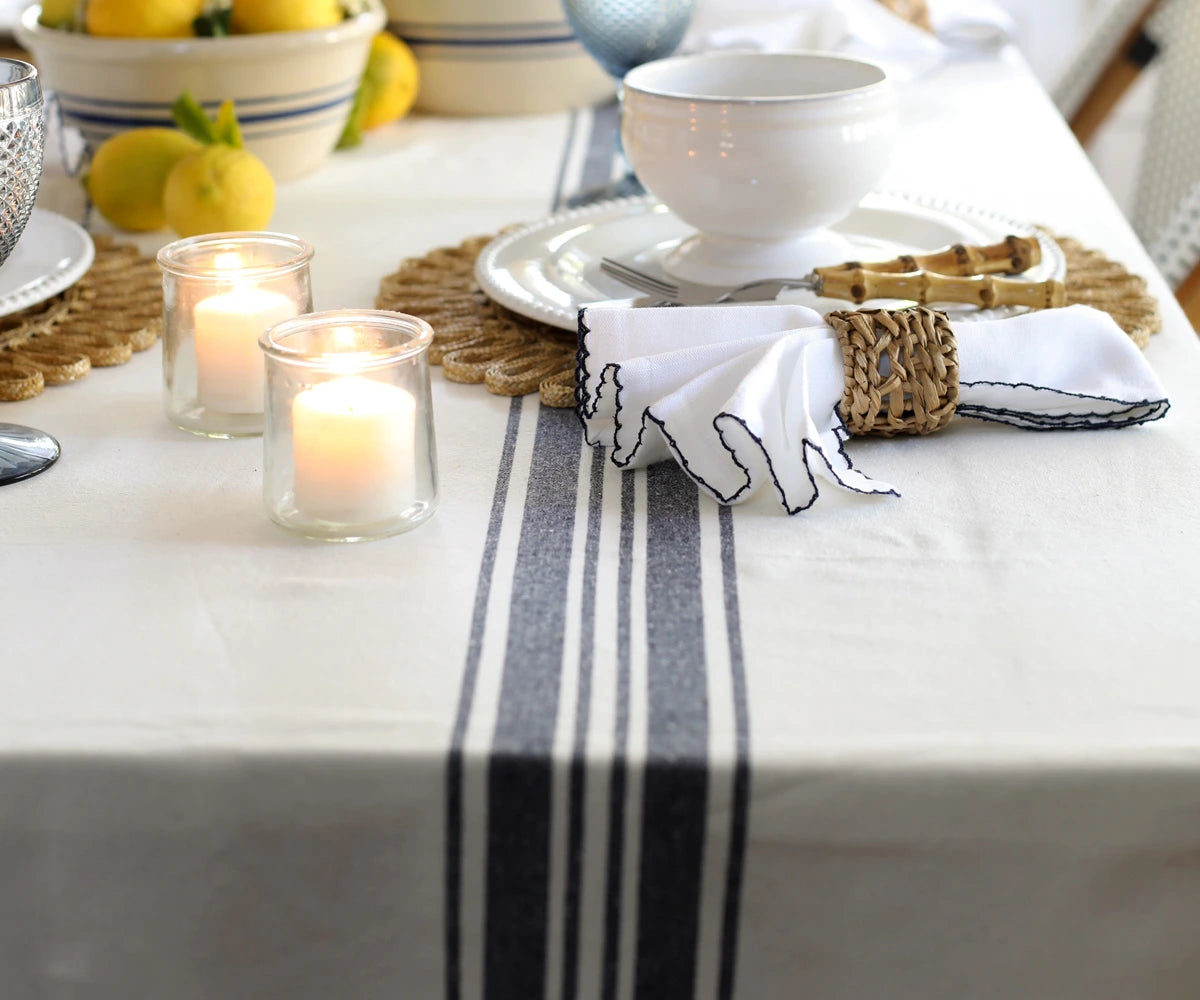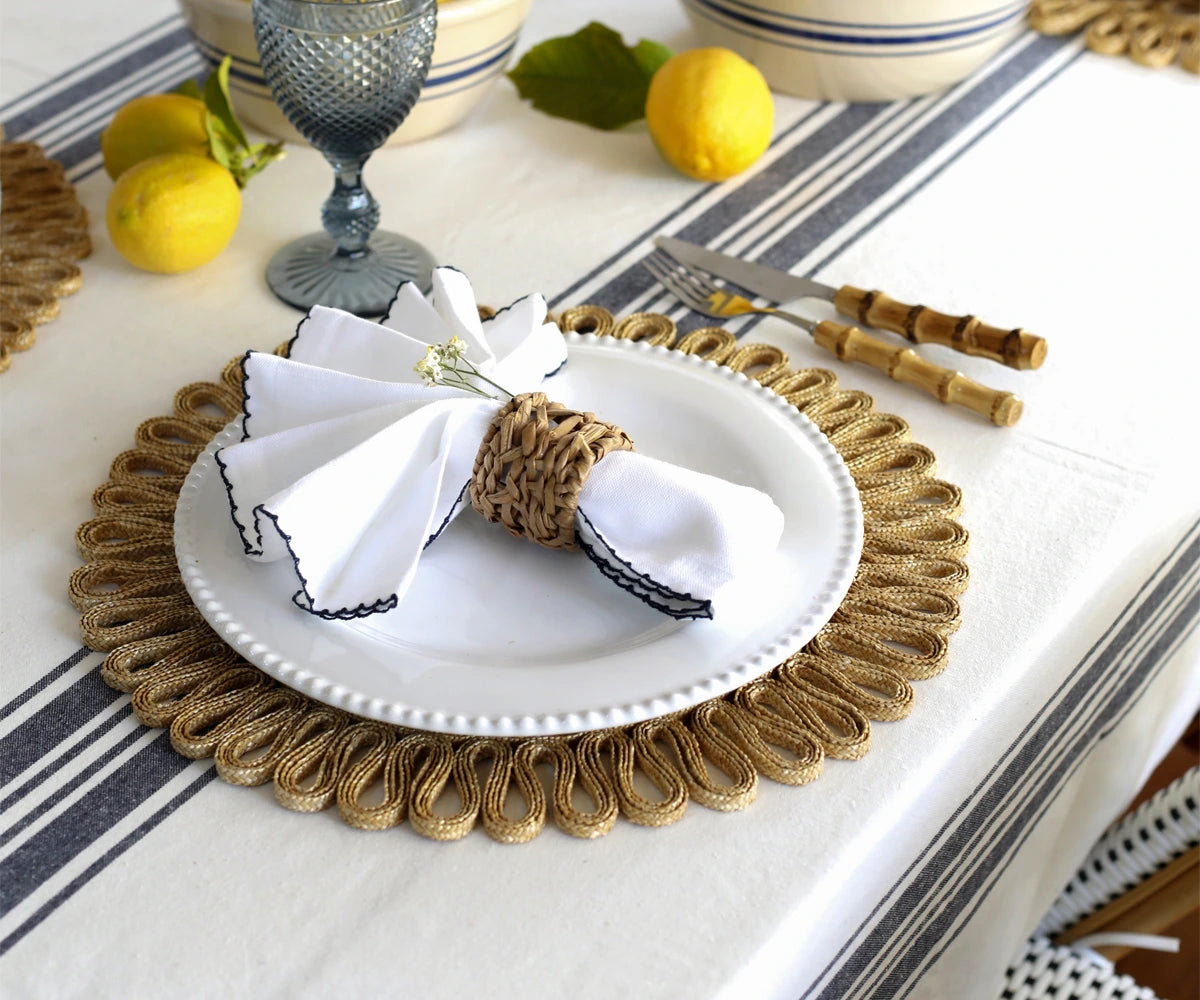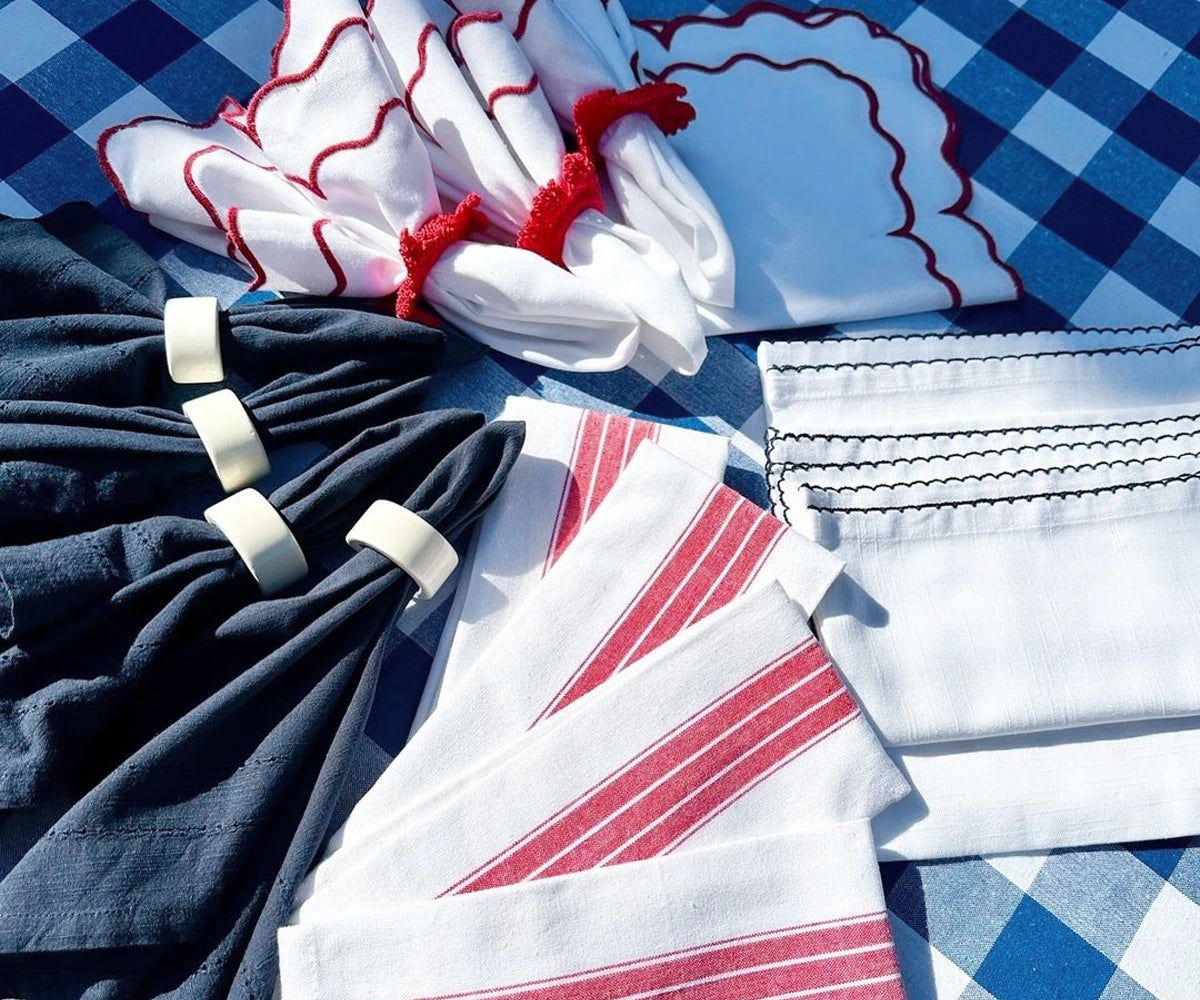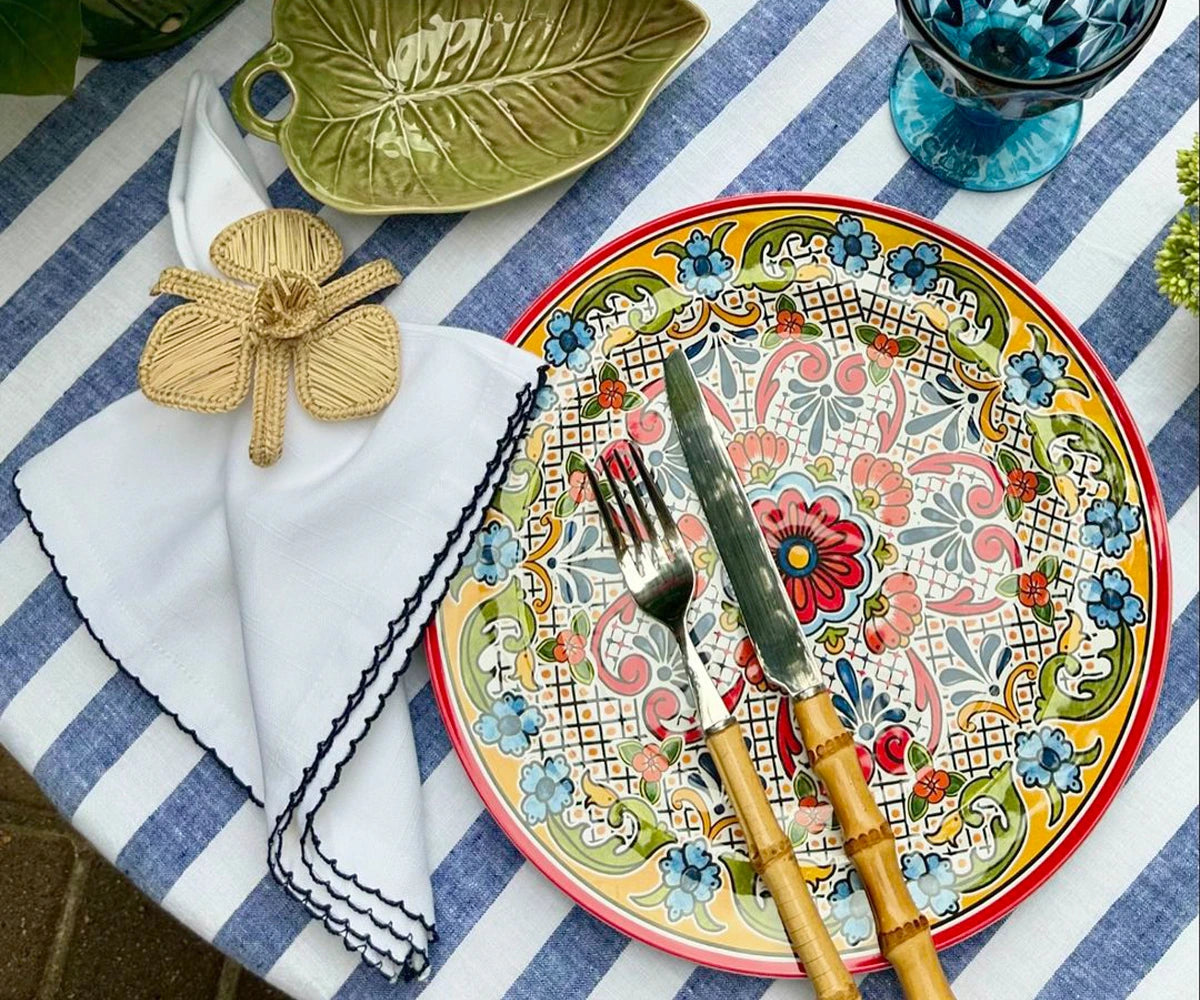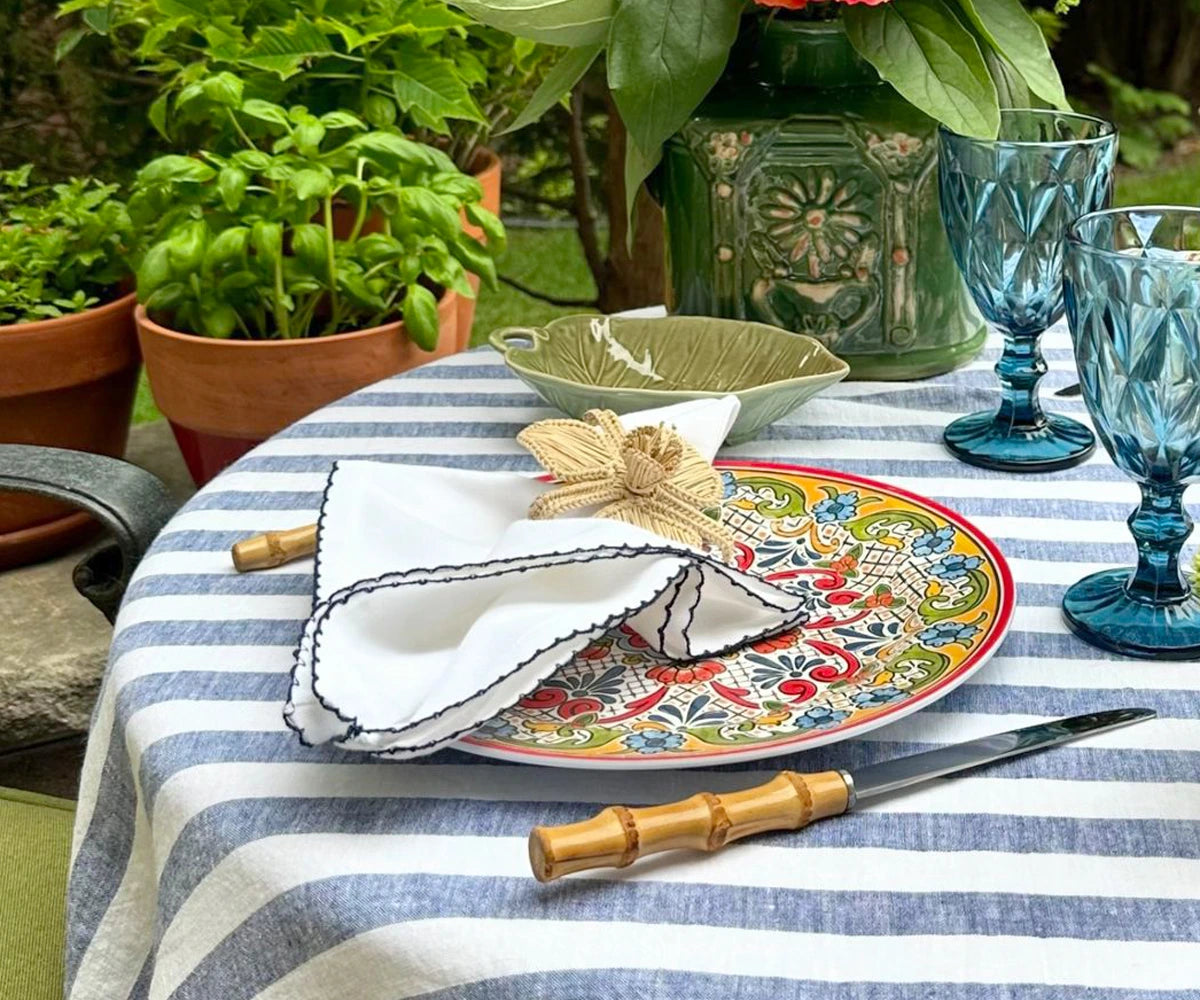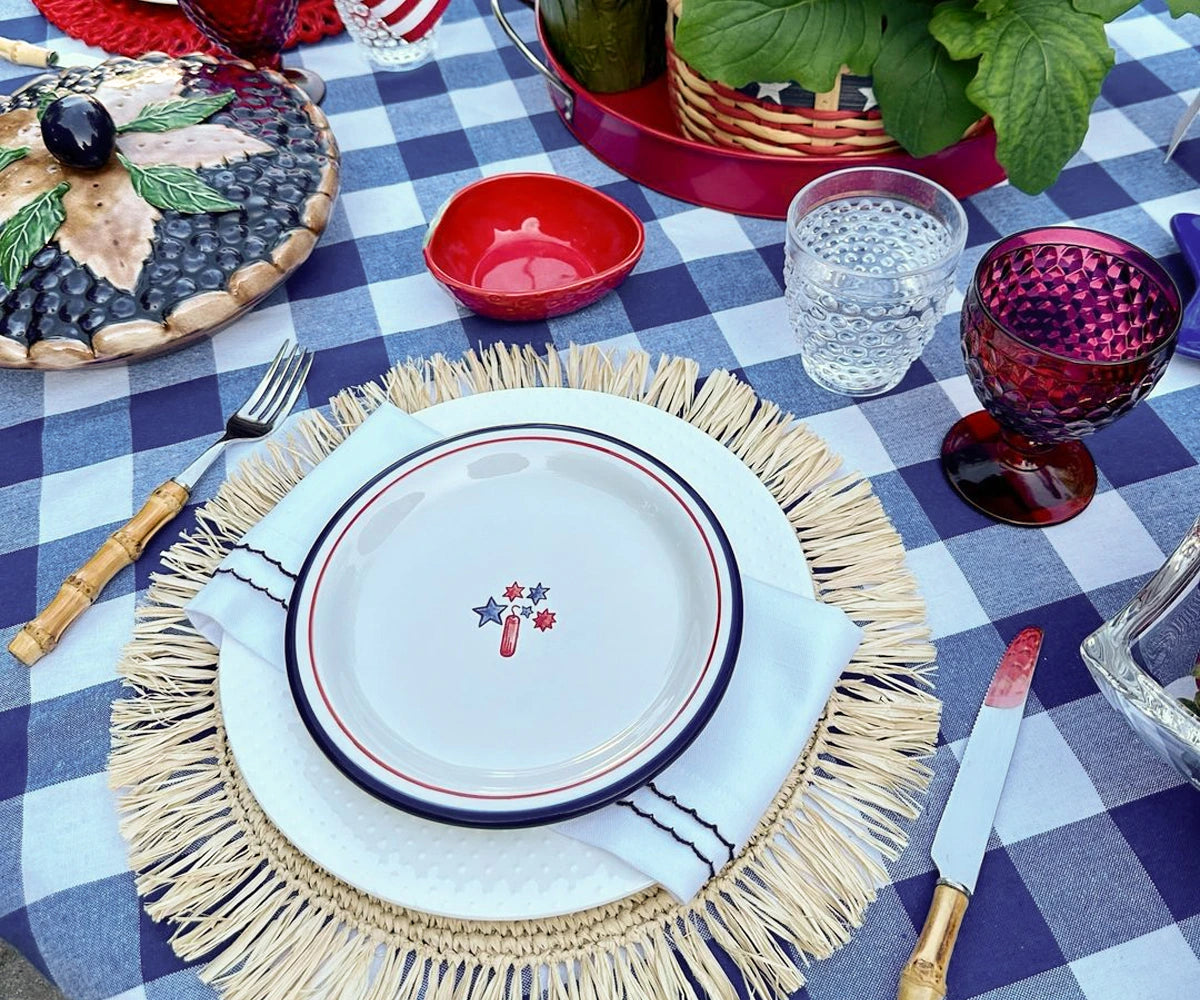The Origin of the No-White-After-Labor-Day Rule
The prohibition against wearing white after Labor Day has deep roots in history, dating back to the late 19th and early 20th centuries. During this time, the United States was experiencing rapid social and economic changes, and with that came the rise of a wealthy elite class. As these social elites sought to distinguish themselves from the working class, certain fashion rules were established.
White clothing, particularly lightweight and breathable fabrics, was primarily associated with the summer months. It was worn by wealthy families who could afford to vacation in cooler places during the hot summer. When these families returned to the city in the fall, the darker and more practical clothing choices signified the end of their leisurely summer and the return to the more serious business of city life.
By this time, Labor Day (which falls on the first Monday of September) had become recognized as the unofficial end of summer. Consequently, putting away white clothing after this date became a symbol of conformity and respectability, particularly among the upper class. Fashion, in this way, served as a marker of one’s social status, separating the wealthy from those who did not adhere to such rules.
The Role of Fashion and Social Class
During the late 1800s and early 1900s, fashion was much more than just about looking good; it was about maintaining a certain image and social standing. The wealthy and powerful had the means to change their wardrobes seasonally, swapping out their summer whites for fall’s darker, richer hues. The rule against wearing white after Labor Day was, in part, a way to maintain this social division.
Wearing white after Labor Day could easily mark someone as an outsider who was unaware of the unspoken rules of the upper class. For the wealthy, adhering to these fashion norms was a way to maintain exclusivity. For those on the outside looking in, breaking the rules meant being labeled as socially inept or, worse, vulgar. In this way, fashion became a tool of social control.
However, this rule was not just about class distinctions. It was also practical. Before modern air conditioning, people wore lighter colors in summer to stay cool. As the weather turned cooler, it made sense to switch to darker, heavier fabrics that could better protect against the cold.
Fashion and Functionality: The Practical Side of the Rule
While the "no white after Labor Day" rule may have started as a symbol of social status, it also had practical roots. Summer in many parts of the United States is hot and humid, so it was common for people to wear light-colored clothing to stay cool. White reflects light and helps keep the body cooler, making it a logical choice for summer wear.
As fall approached, and temperatures dropped, it was more practical to wear darker, heavier fabrics that could keep one warm. This transition also reflected the changing seasons and the need for more functional clothing. The rule, then, was not just about fashion elitism but also about practicality and comfort.
Changing Times and the Evolution of Fashion Rules
As the 20th century progressed, so did society's approach to fashion. The Roaring Twenties brought about significant social changes, including more relaxed attitudes towards clothing and appearance. This period saw a rise in casual fashion and a rejection of some of the rigid rules that had previously dictated how people dressed.

The end of World War II also marked a turning point. The war brought about significant changes in American society, including more women entering the workforce and a shift towards more practical clothing. As America moved into the 1950s and beyond, the strict adherence to old fashion rules began to fade.
By the 1960s and 1970s, the fashion world was in the midst of a revolution. Designers like Coco Chanel, Yves Saint Laurent, and others challenged traditional notions of what was fashionable. The idea that one had to adhere to certain rules about what to wear and when began to seem outdated. White clothing, once reserved for summer months, began to appear in fall and winter collections, breaking the long-standing rule.
Hollywood's Influence on Fashion Trends
Another significant factor in the evolution of fashion rules was the influence of Hollywood. As movie stars became fashion icons, their choices often set new trends and challenged old ones. Many iconic Hollywood actresses were seen wearing white after Labor Day, which further eroded the old rule.
For example, Marilyn Monroe was famously photographed wearing a white dress in September, a bold move that flew in the face of the traditional no-white-after-Labor-Day rule. Similarly, Audrey Hepburn and other style icons often wore white year-round, solidifying the idea that fashion rules were made to be broken.
As Hollywood continued to challenge old norms, the average American also began to embrace the idea that fashion could be a form of personal expression rather than a set of rigid rules. The once-strict no-white-after-Labor-Day rule began to lose its grip on the public consciousness.
The Role of Fashion Designers in Modernizing the Rule
As fashion designers pushed boundaries and introduced new ideas, the concept of wearing white after Labor Day became less taboo. Designers like Ralph Lauren and Calvin Klein played pivotal roles in incorporating white into their fall and winter collections, challenging the old fashion norms.

Ralph Lauren, known for his classic American style, often included white clothing in his fall and winter collections. By doing so, he helped to redefine what was considered acceptable for the colder months. His approach was not just about breaking the rules but about offering a fresh perspective on American fashion.
Calvin Klein, known for his minimalist designs, also embraced white as a year-round color. His sleek, modern approach to fashion resonated with those who were tired of outdated rules and wanted to express themselves in new ways. By incorporating white into his collections, Klein sent a clear message: fashion should be about individual expression, not rigid adherence to old norms.
Modern Perspectives: Do Fashion Rules Still Matter?
In today's world, the rule against wearing white after Labor Day seems increasingly irrelevant. The rise of casual and athleisure wear, along with a more relaxed attitude towards fashion, has made the old rule feel outdated. The modern fashion industry, with its emphasis on personal style and individuality, no longer adheres strictly to old norms.
Social media has also played a significant role in this shift. Platforms like Instagram and TikTok have democratized fashion, allowing anyone to become a trendsetter. Influencers often challenge traditional fashion rules, including the no-white-after-Labor-Day rule, and encourage their followers to do the same.
While some people still adhere to the old rules out of habit or tradition, many others see fashion as a form of self-expression. Wearing white after Labor Day is no longer seen as a faux pas but rather a choice that reflects one's personal style.
Also Read: How to Plan a Memorable Labor Day Weekend 2024
Breaking the Rule: Wearing White After Labor Day
So, what happens if you decide to wear white after Labor Day? The answer, in today's fashion landscape, is simple: nothing. The old rule has lost much of its power, and most people won't bat an eye if you choose to wear white in September, October, or even in the dead of winter.
In fact, many fashion experts now advocate for wearing white year-round. Winter whites, in particular, have become a popular trend, with designers showcasing cozy white sweaters, elegant white coats, and chic white boots in their fall and winter collections. Wearing white in the colder months can create a fresh, sophisticated look that stands out in a sea of dark colors.
If you're considering breaking the rule, there are a few tips to keep in mind. Opt for heavier fabrics like wool or cashmere, which are more appropriate for fall and winter. Pair white pieces with darker accessories, such as a black belt or brown boots, to create contrast and add depth to your outfit. Most importantly, wear what makes you feel confident and comfortable.
Read More: Versatility of Tea Towels: More Than Just Kitchen Essentials
The Future of Fashion Rules
As we look to the future, it's clear that fashion will continue to evolve, and old rules will continue to be challenged. The no-white-after-Labor-Day rule, once a strict guideline, is now little more than a suggestion. Fashion is increasingly about expressing one's unique personality, and rigid rules have less of a place in this new landscape.
In the end, fashion is what you make of it. If you love wearing white, there's no reason to limit yourself to just the summer months. Whether you follow the old rules or create your own, the most important thing is to wear what makes you feel good.
So, the next time someone asks you why you can't wear white after Labor Day, feel free to tell them that times have changed—and fashion rules are meant to be broken. Whether you're embracing tradition or forging your own path, the choice is yours.
The rule against wearing white after Labor Day is a relic of a bygone era, rooted in social class distinctions and practicality. While it once served as a marker of social status, today it holds little relevance in the world of fashion. As society has evolved, so too have our attitudes towards clothing and self-expression.
In the end, fashion should be about wearing what makes you feel confident and expressing your unique style. Whether you choose to wear white after Labor Day or stick to darker colors, the decision is entirely up to you. The most important thing is to be true to yourself and enjoy the freedom that comes with modern fashion.


